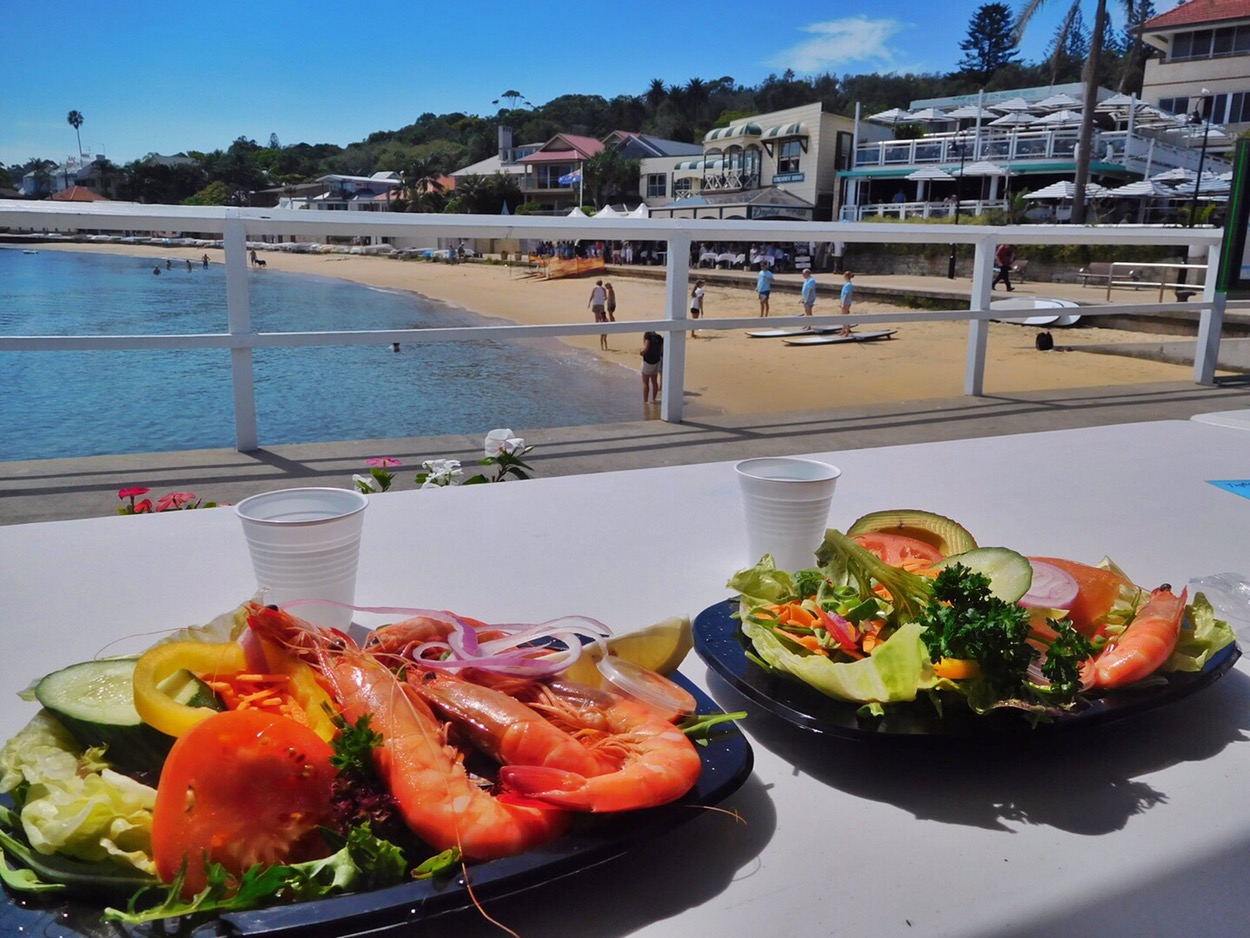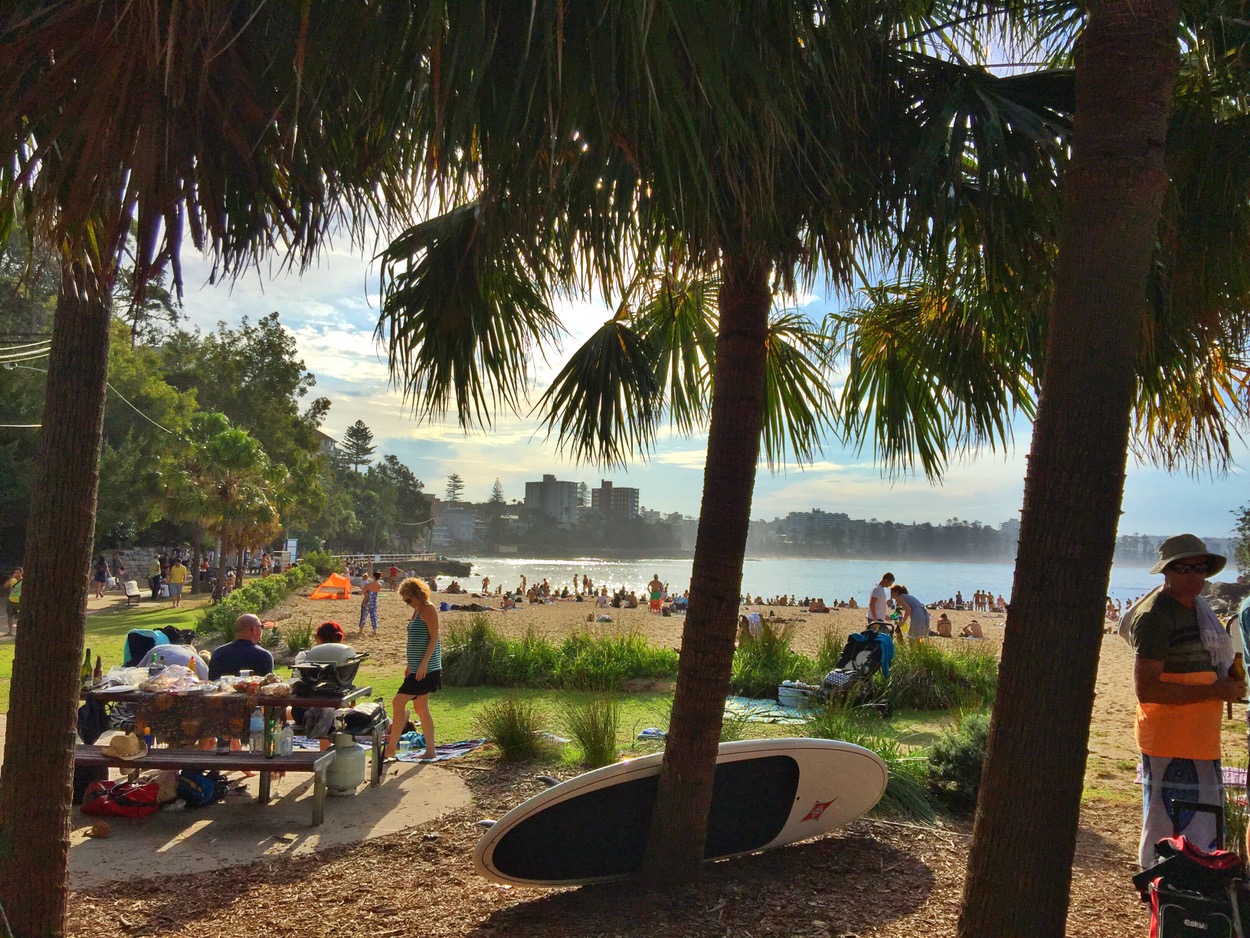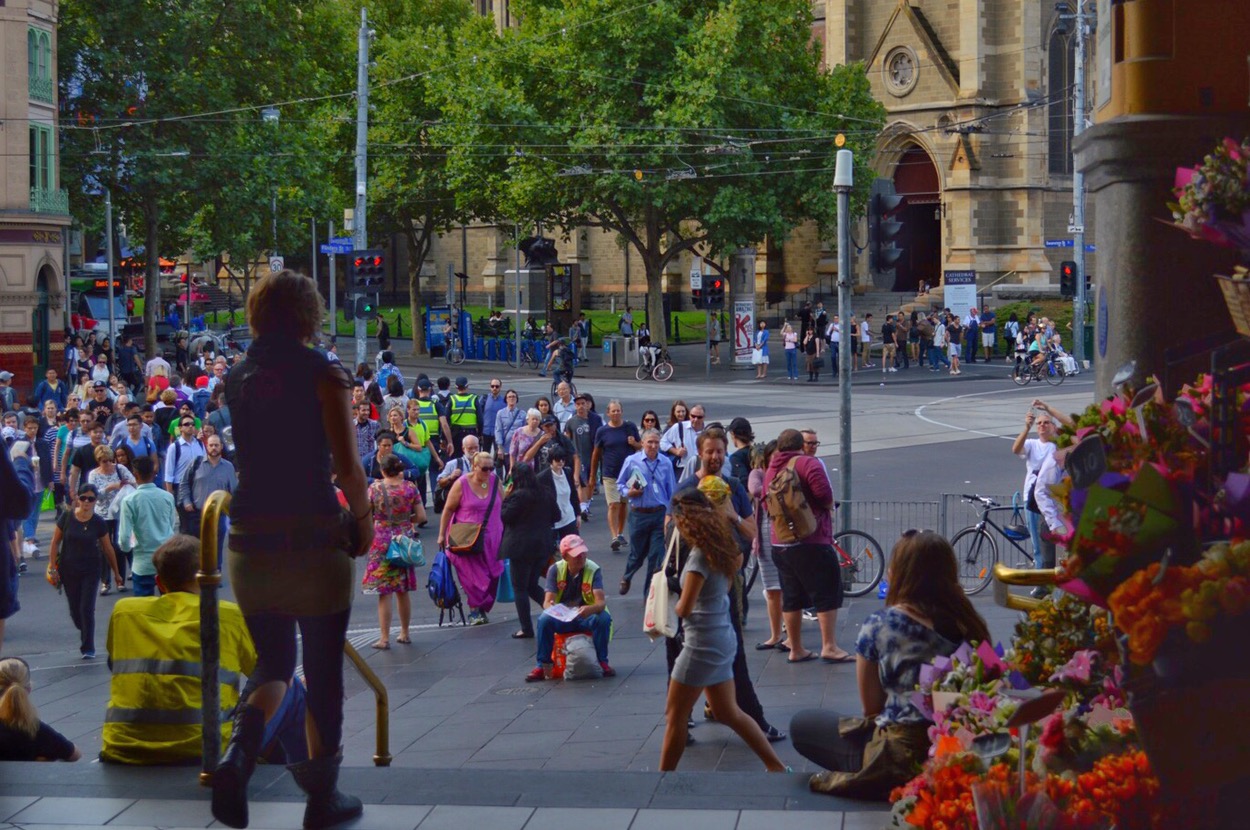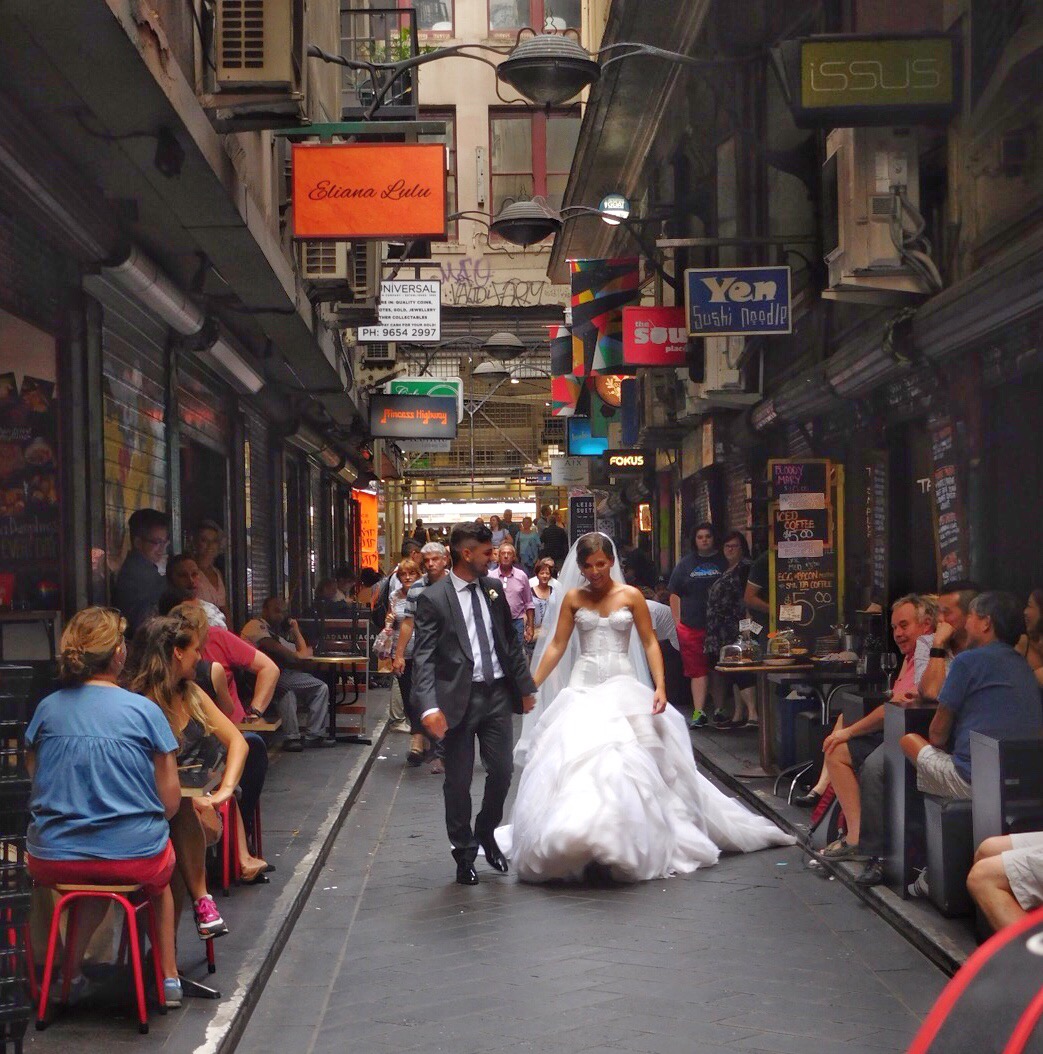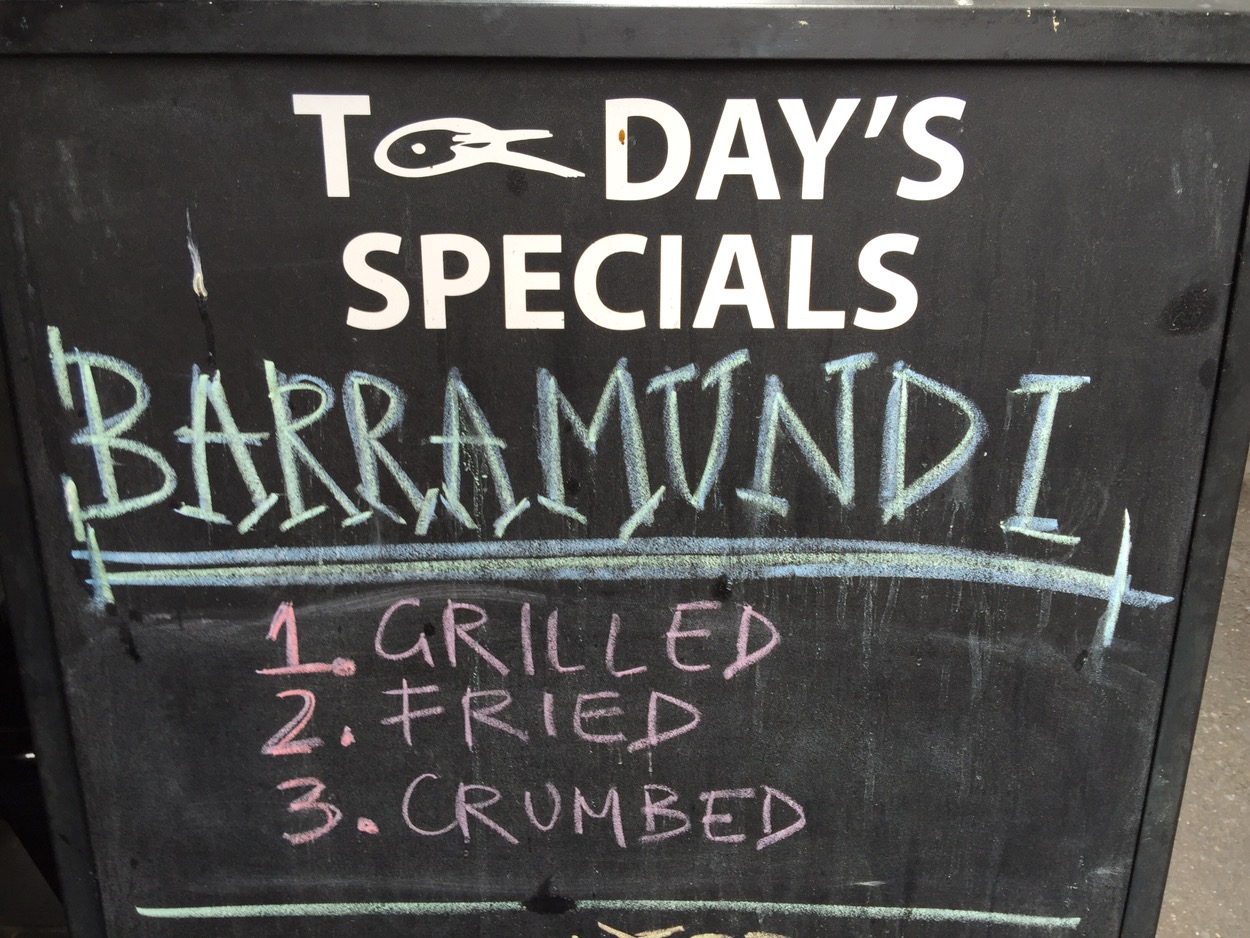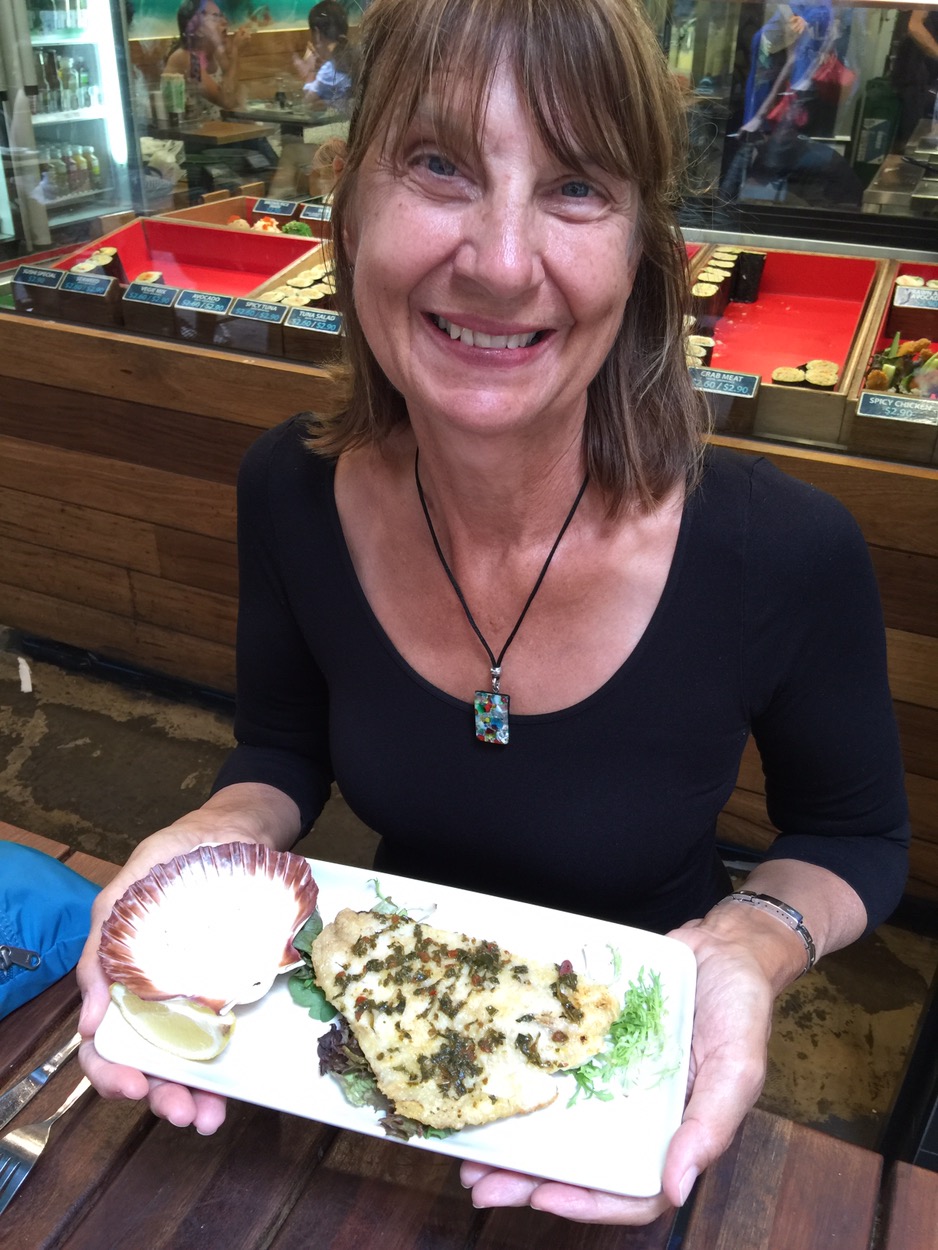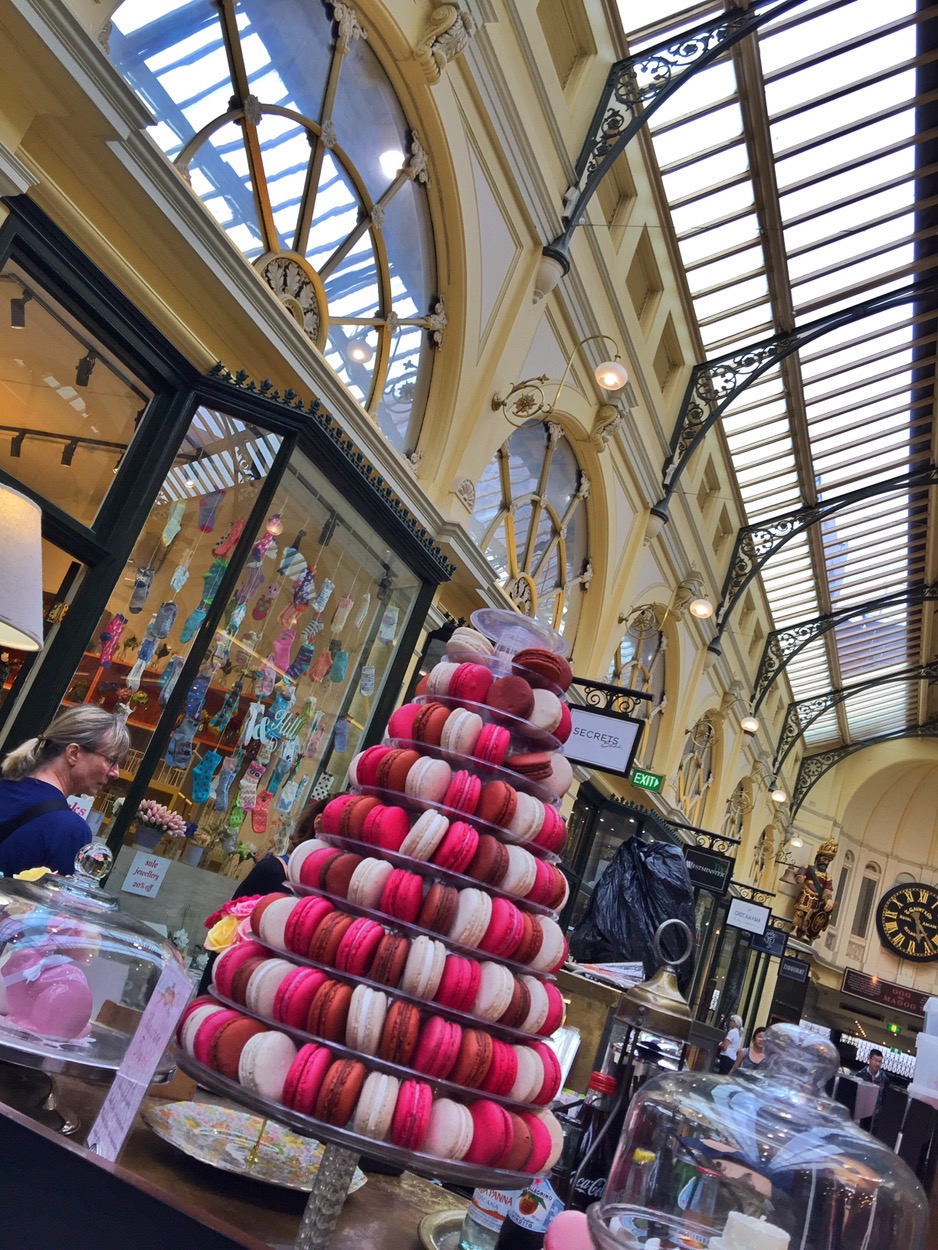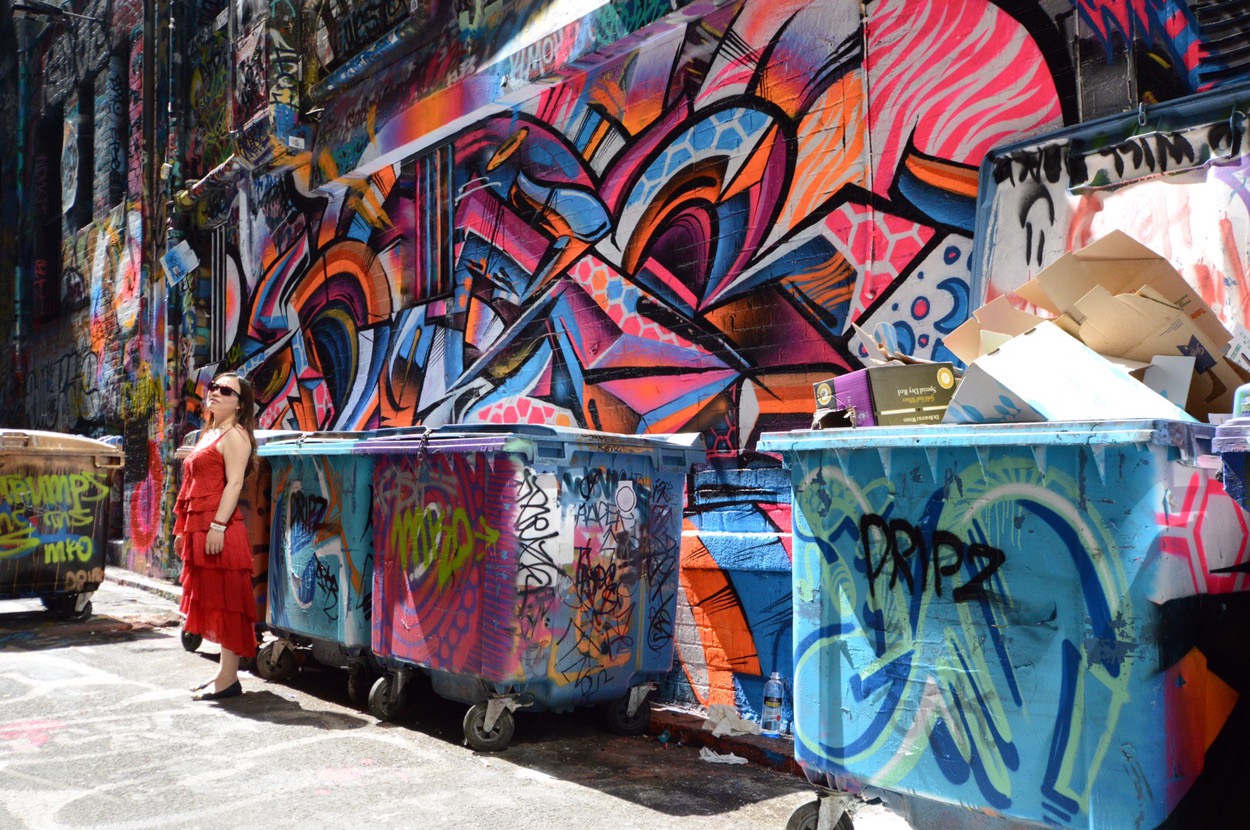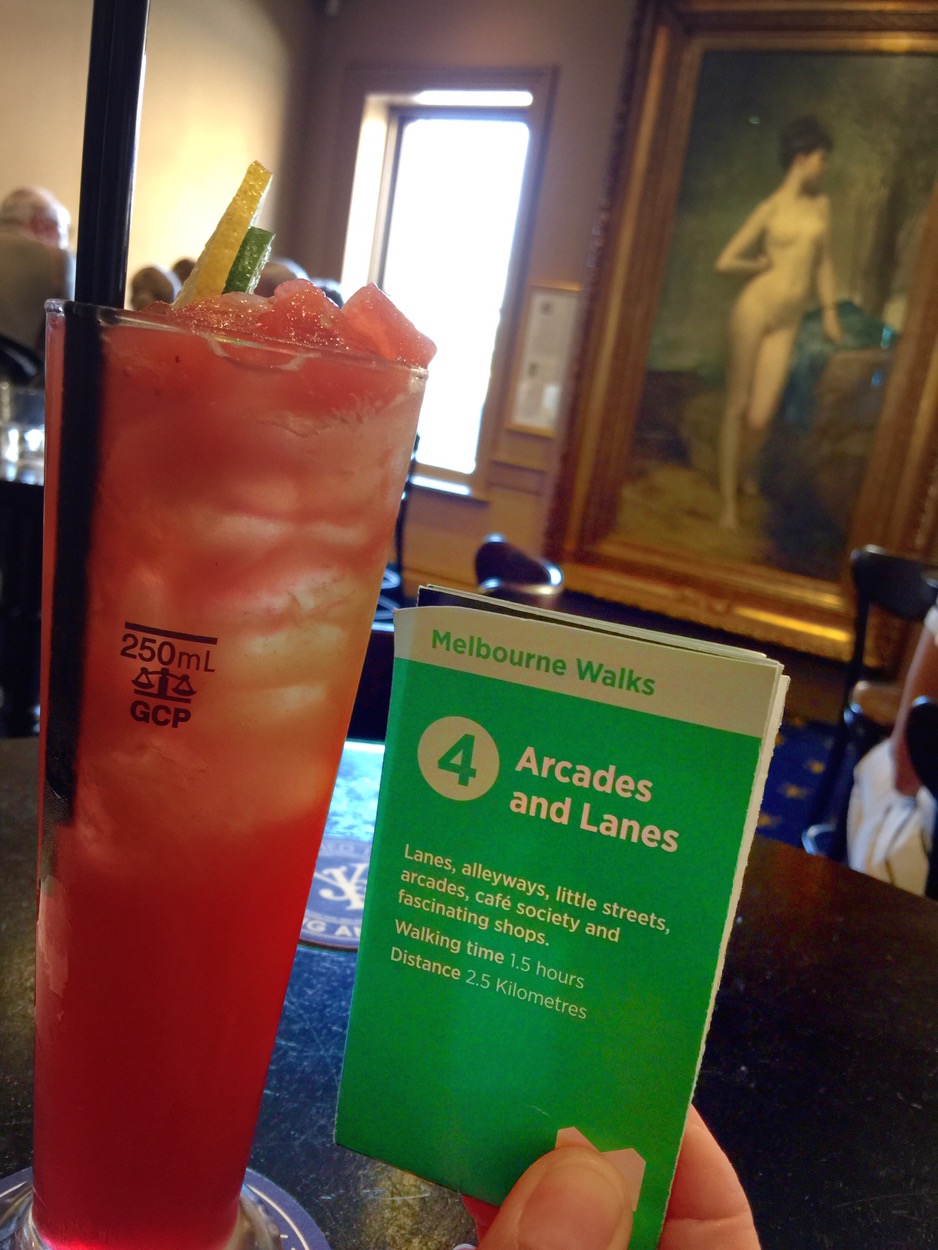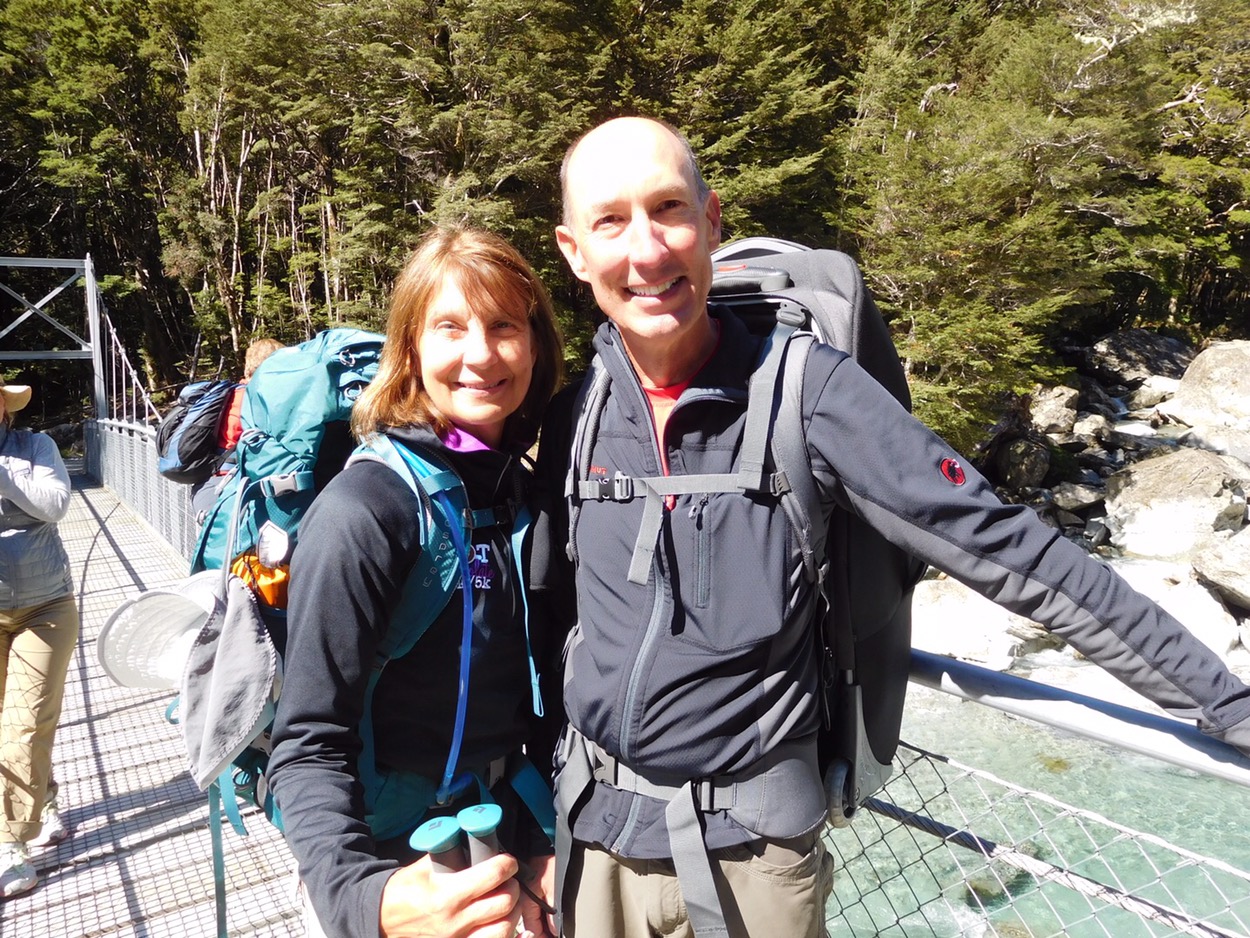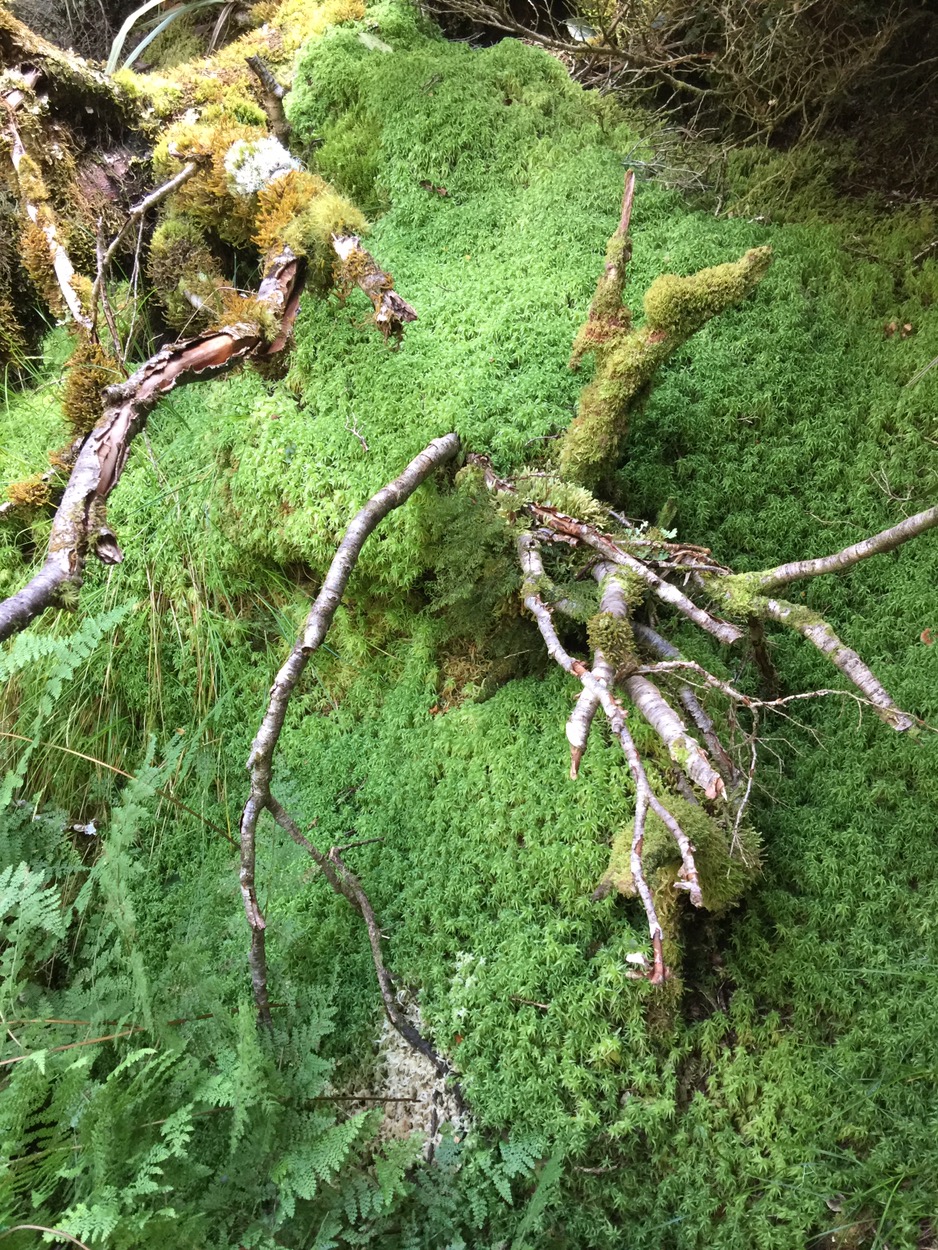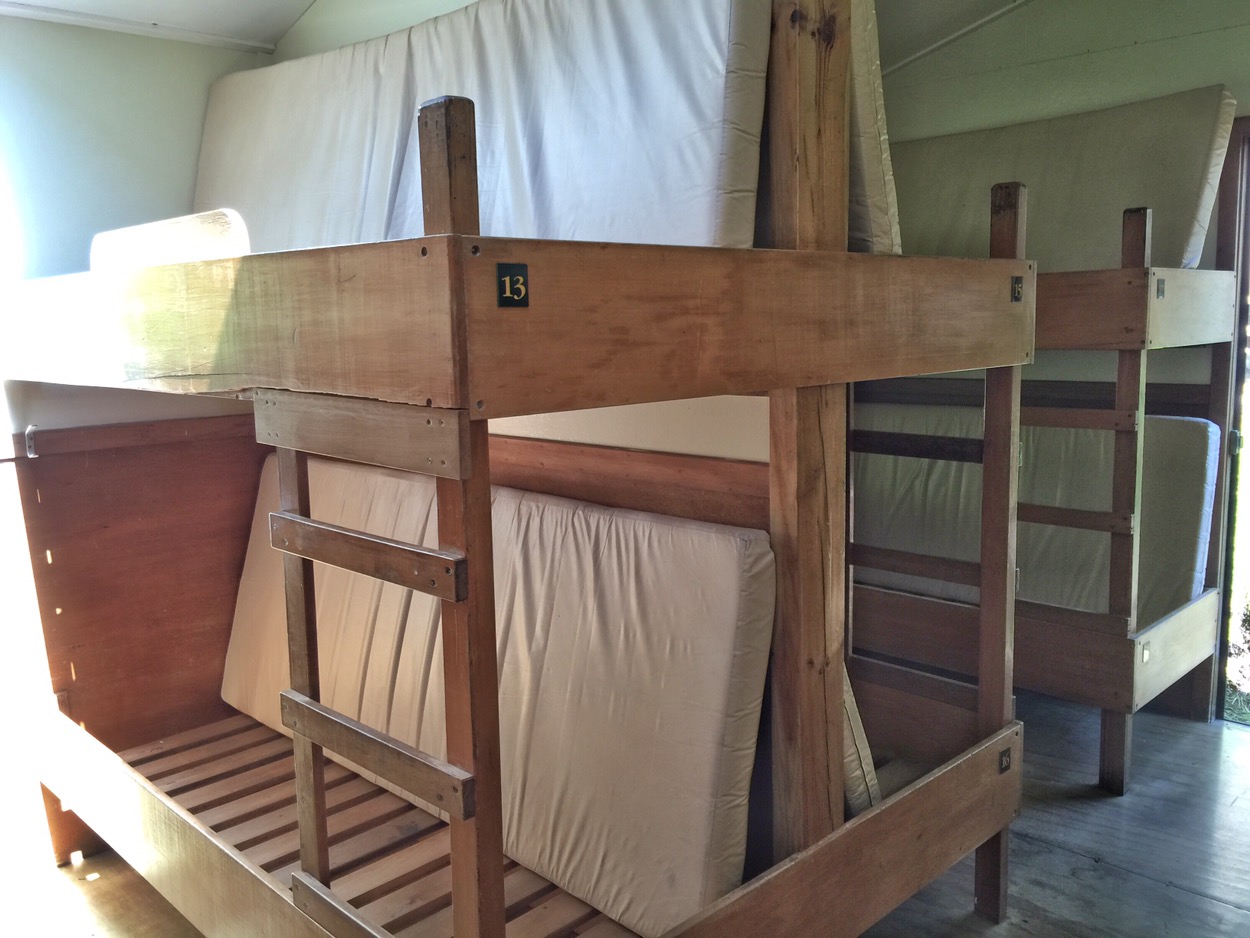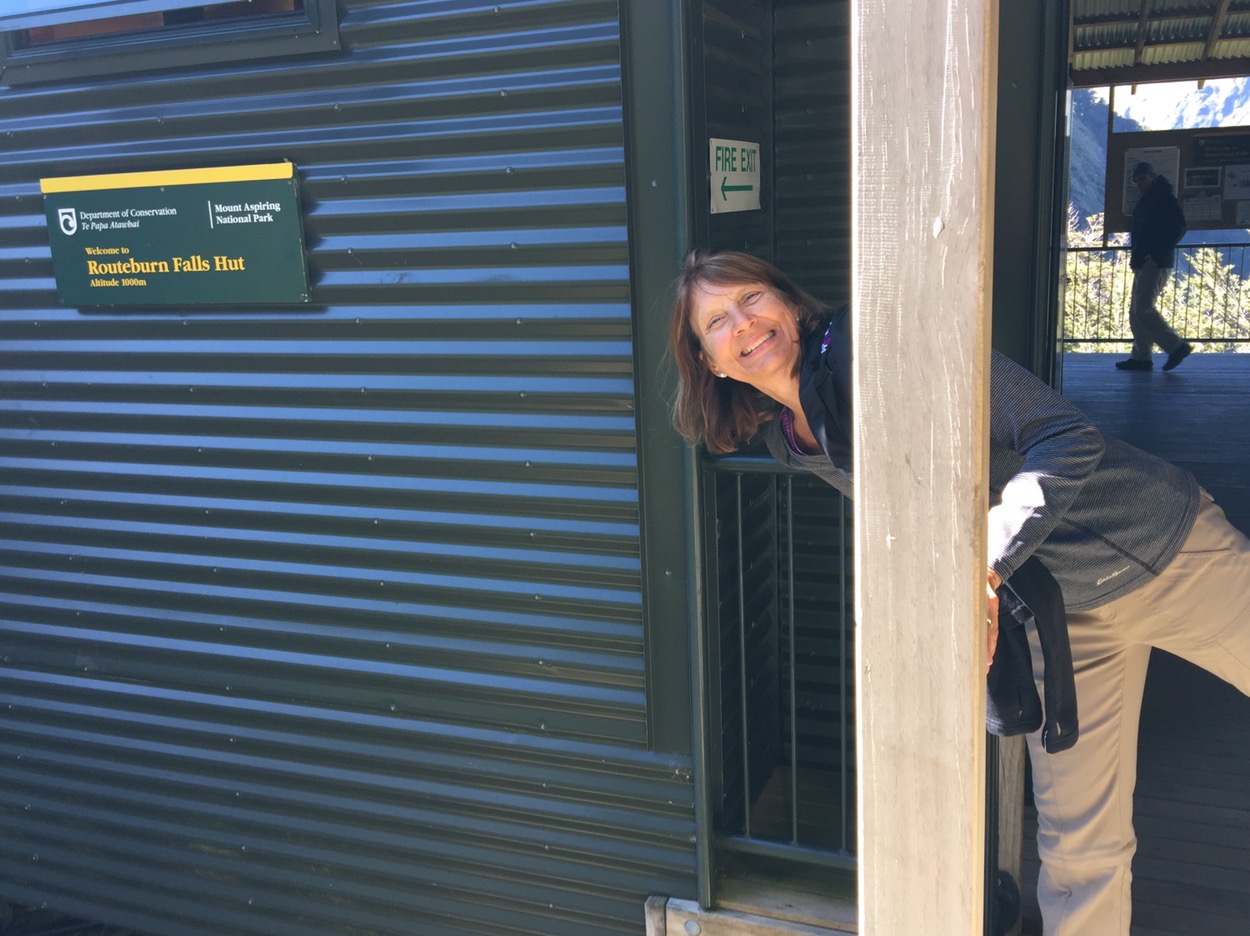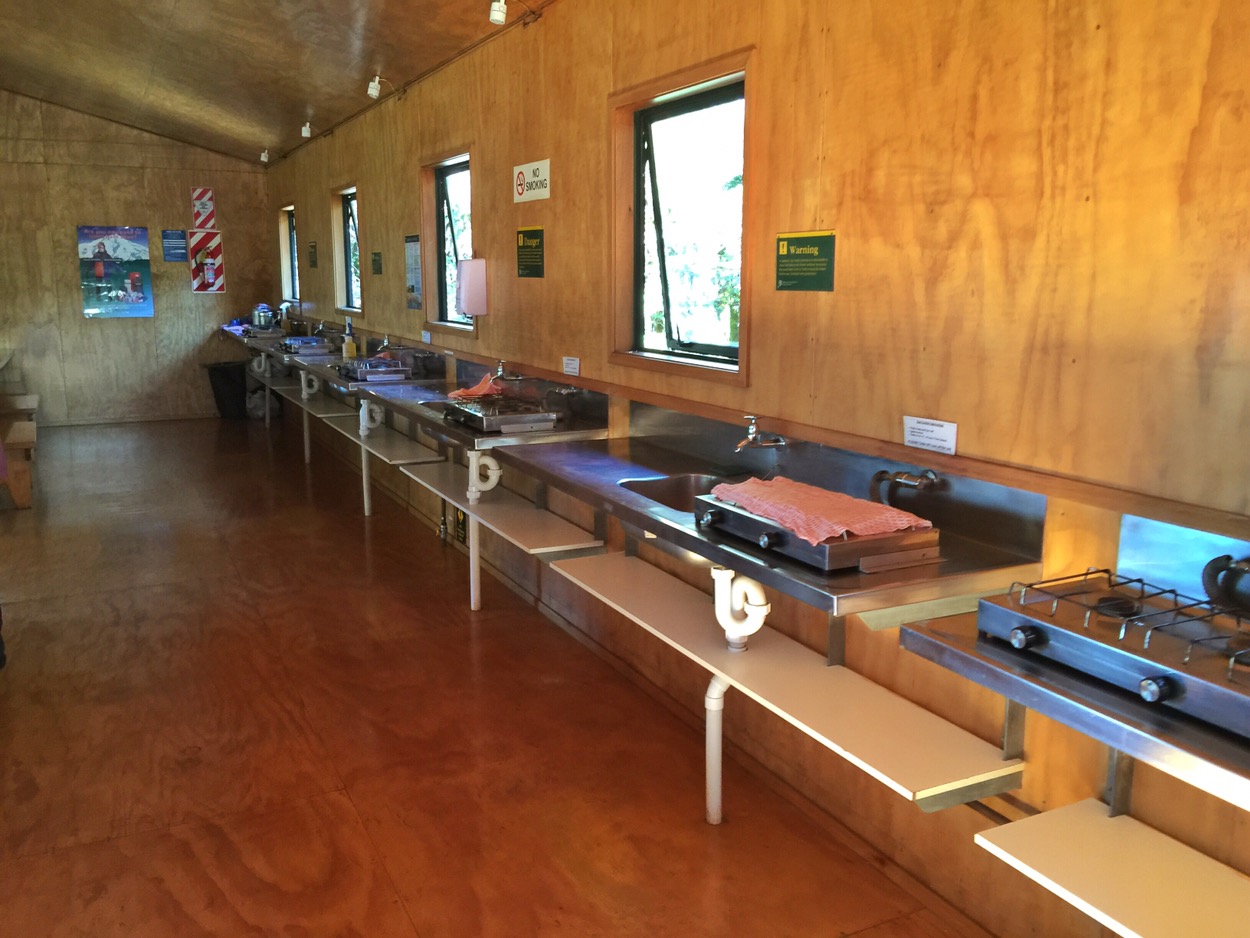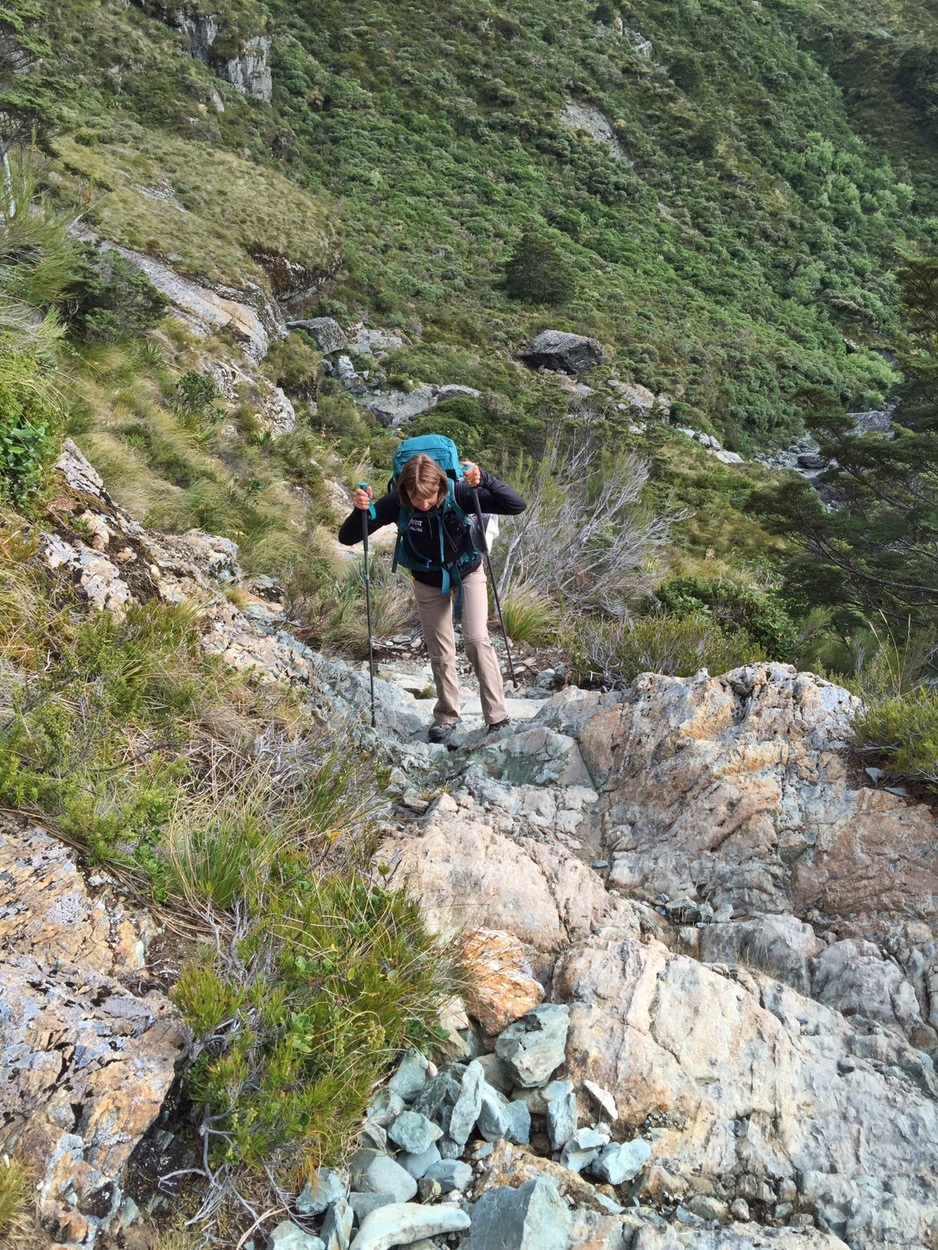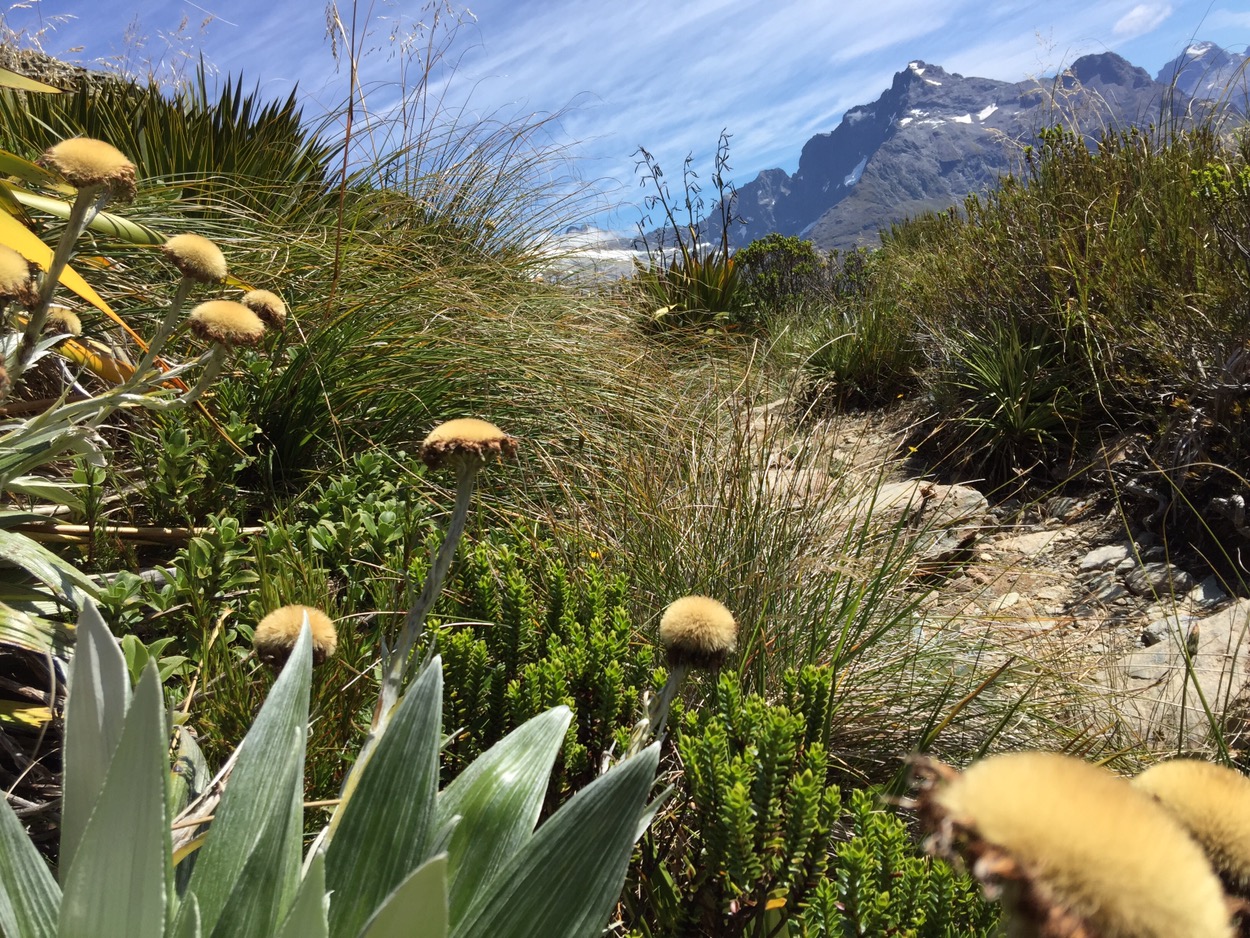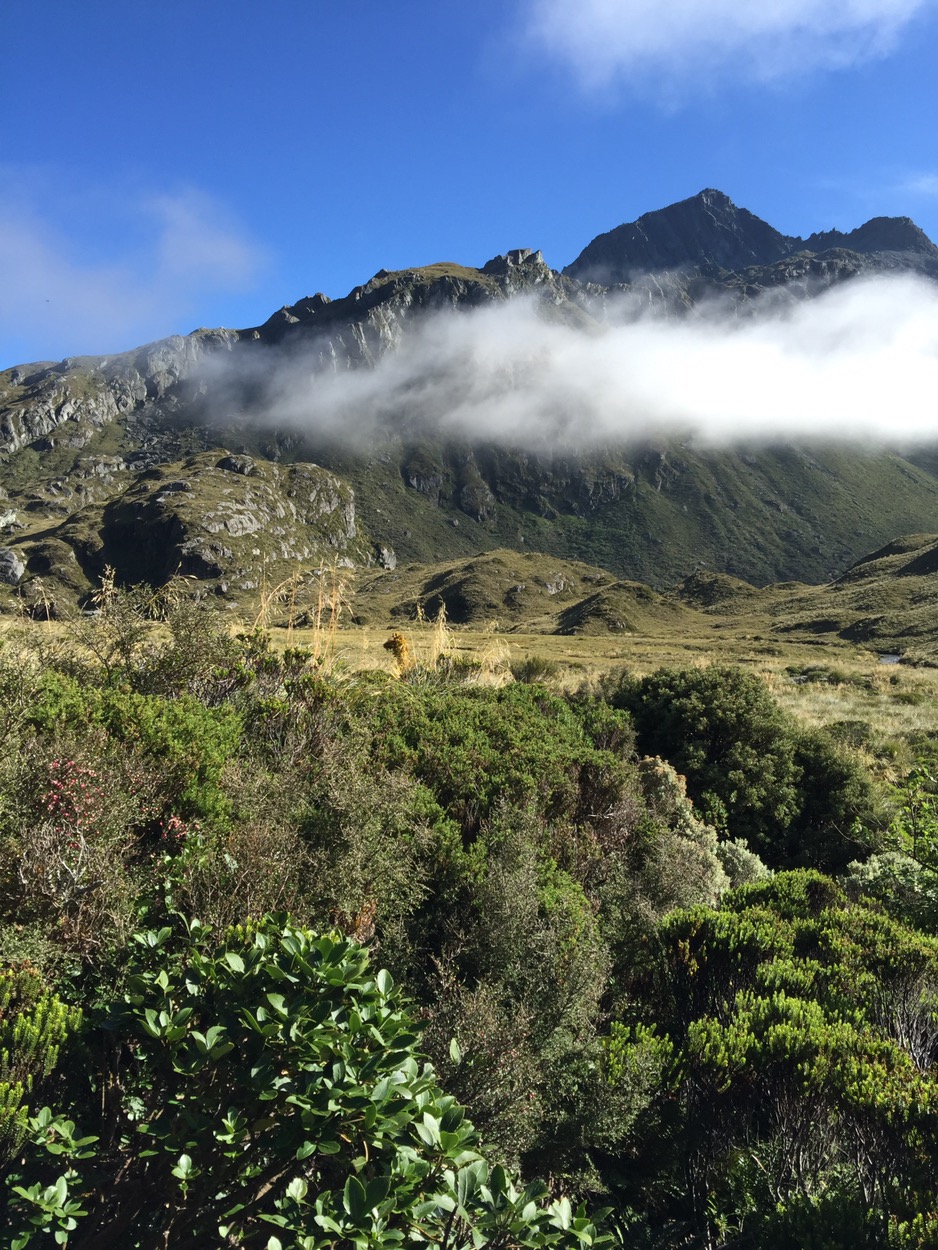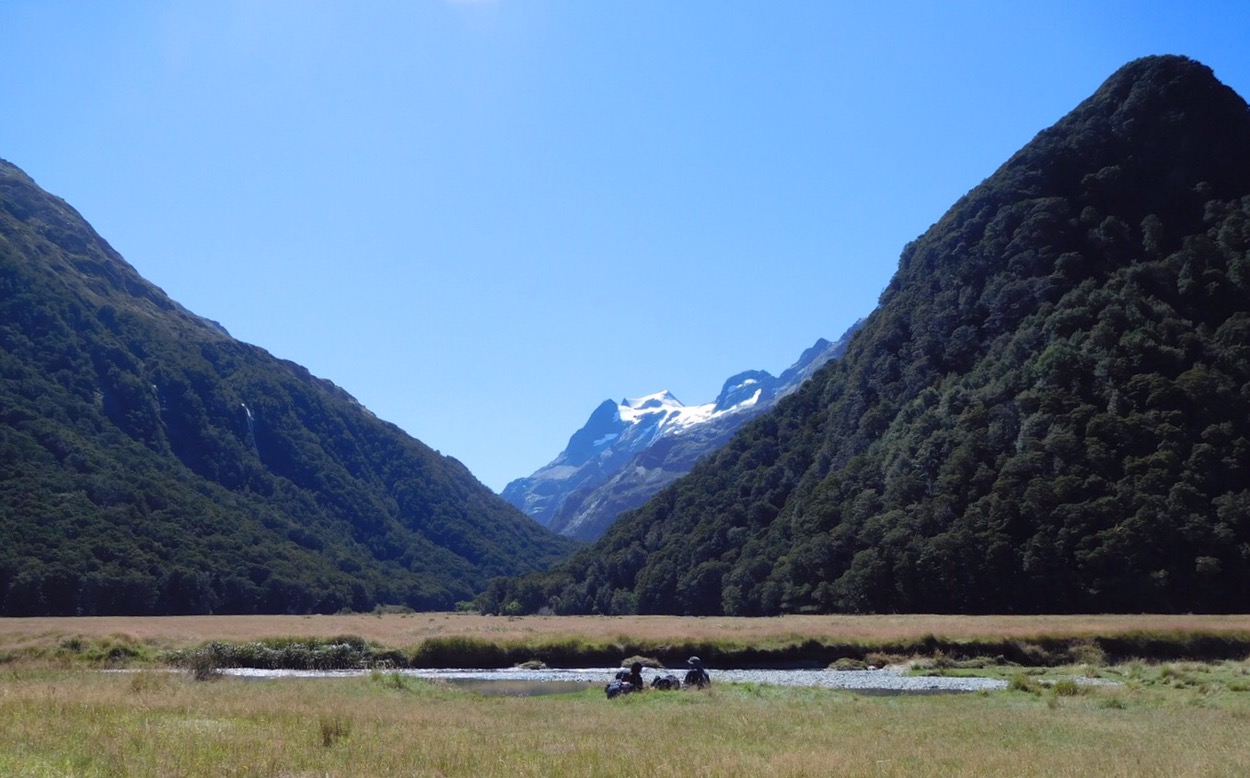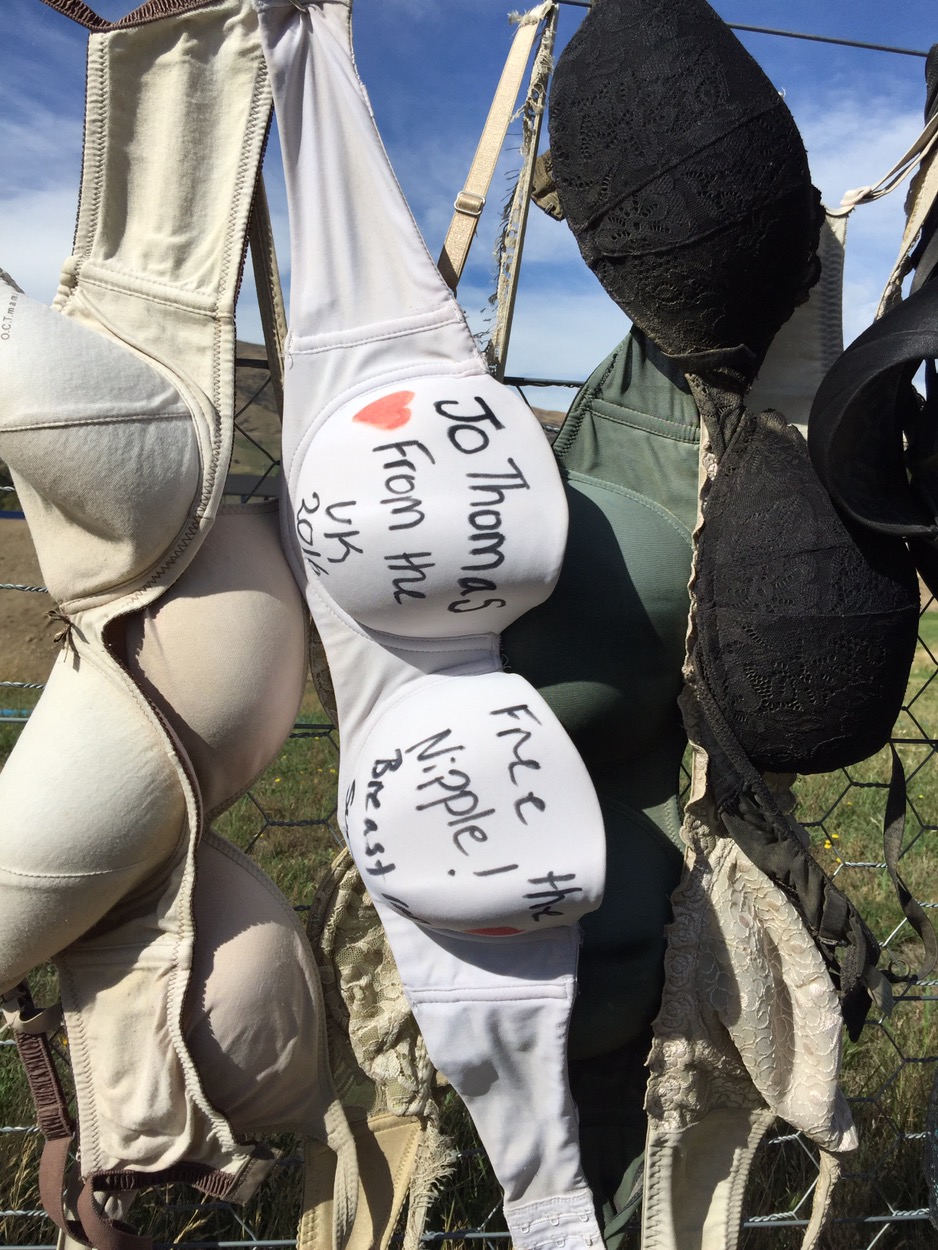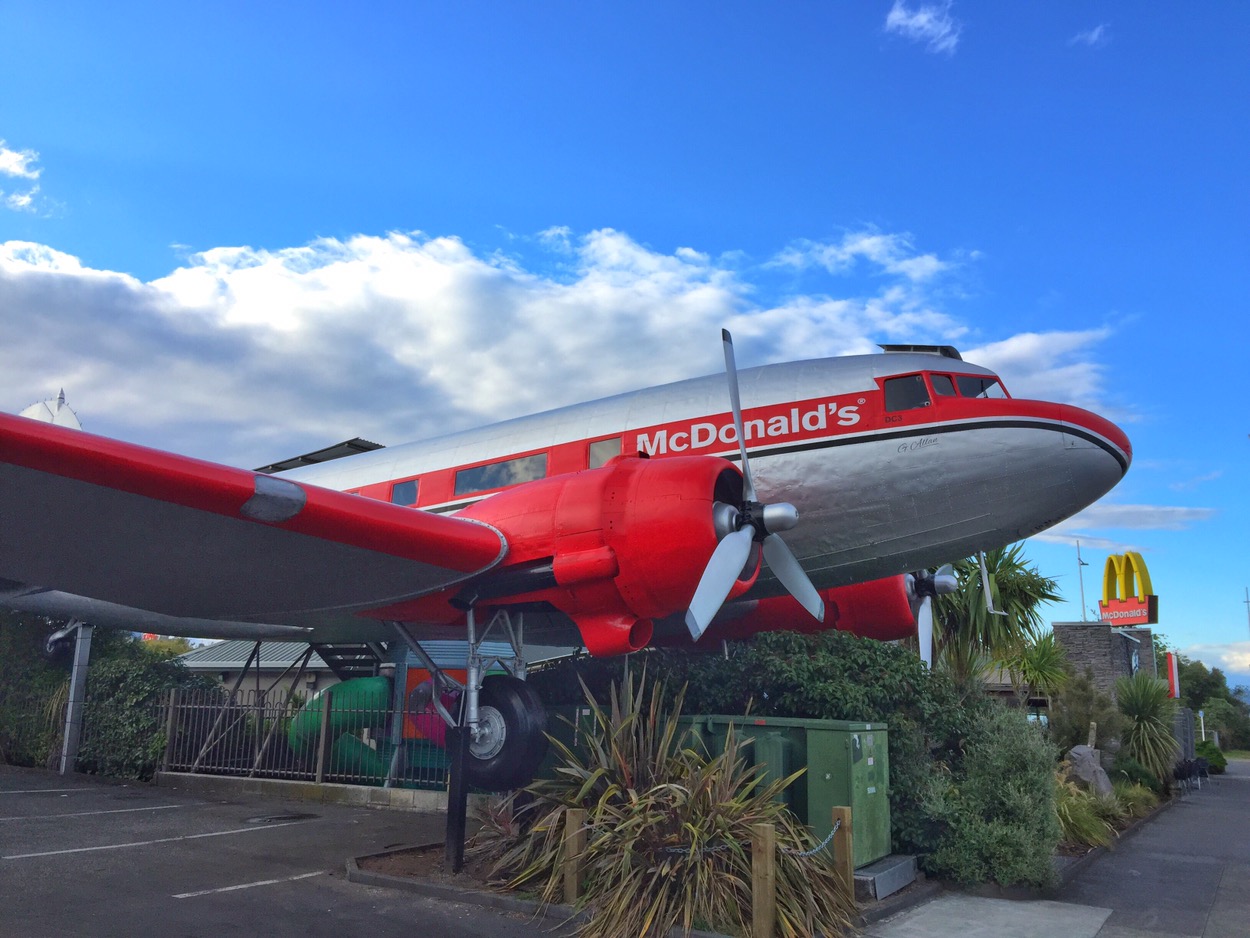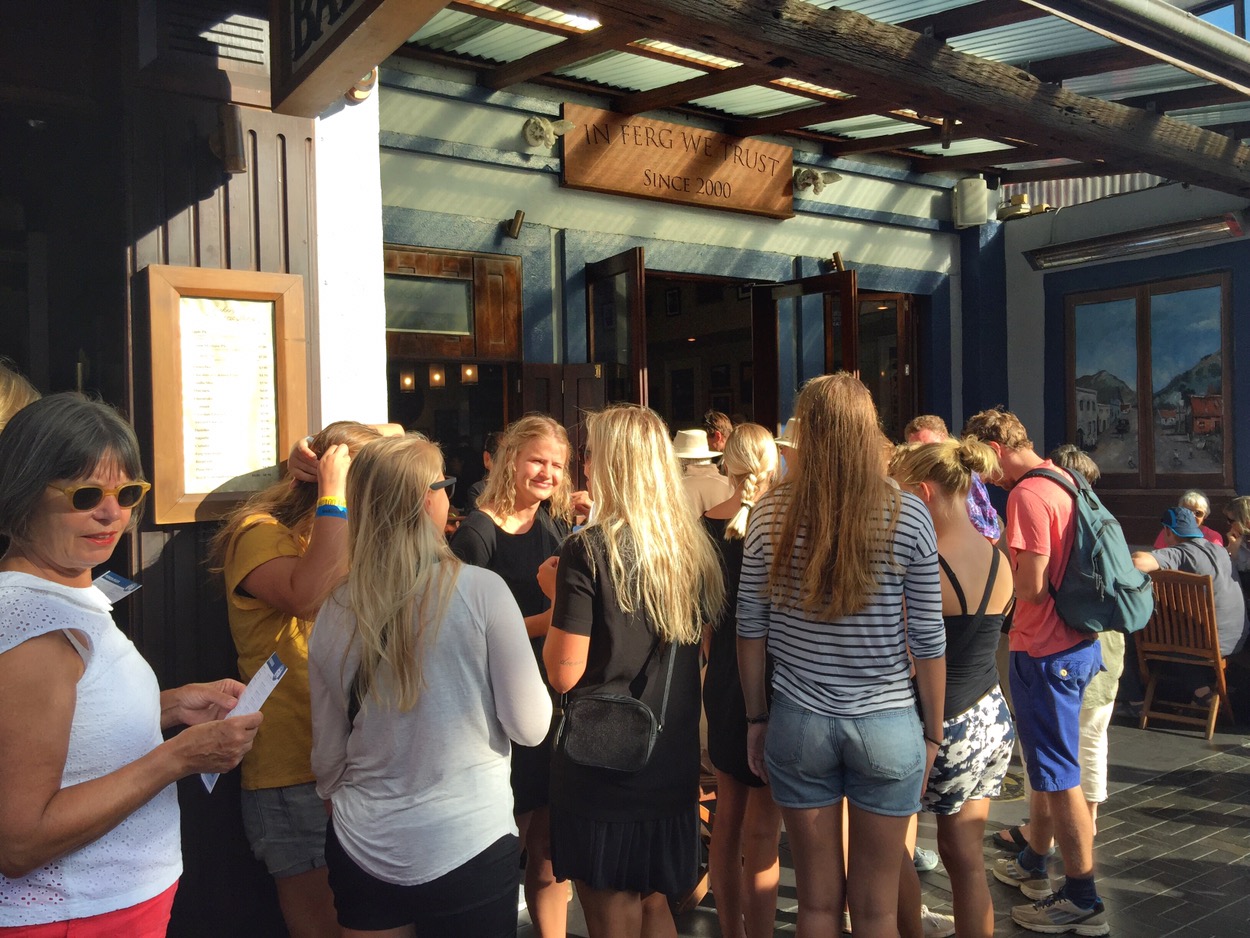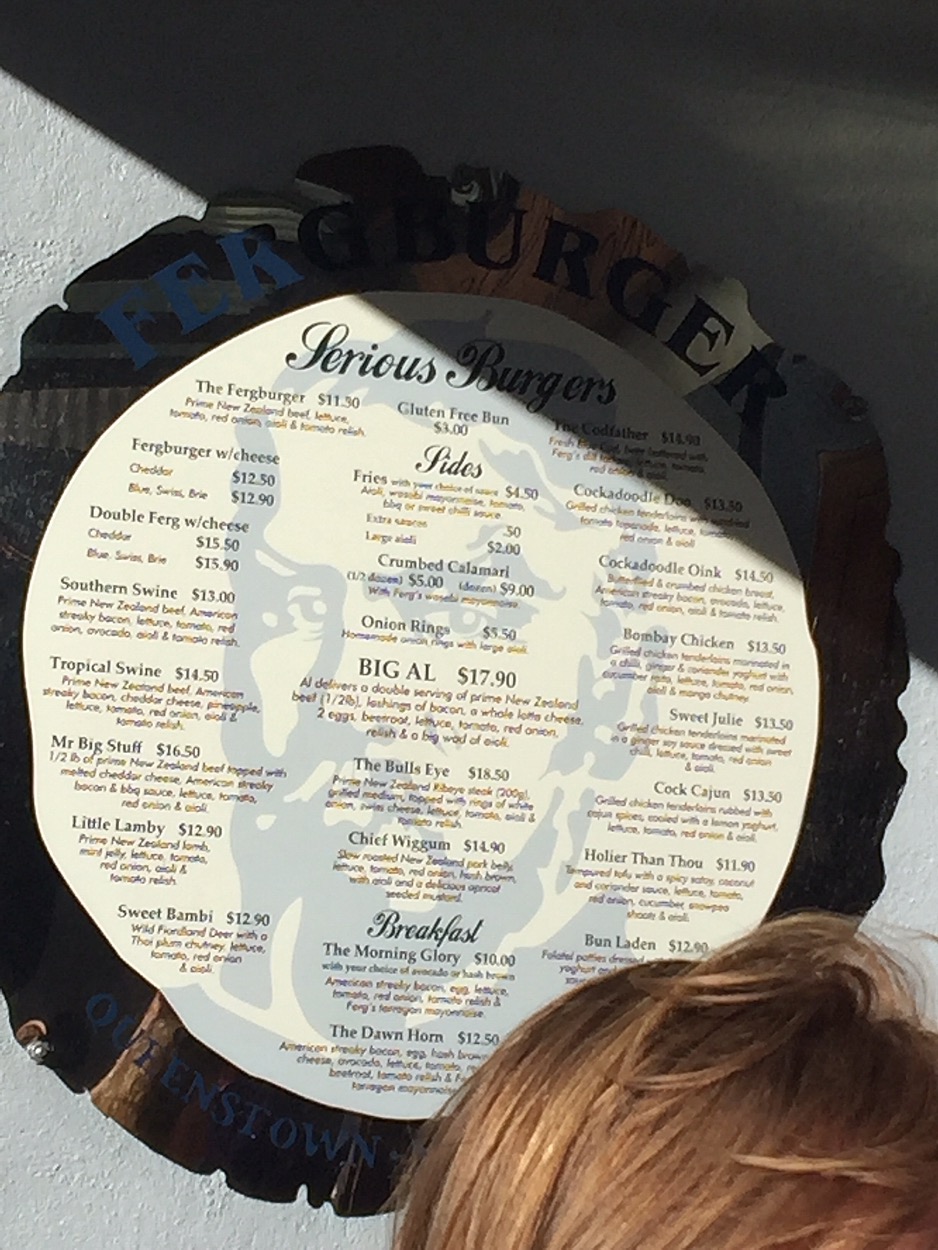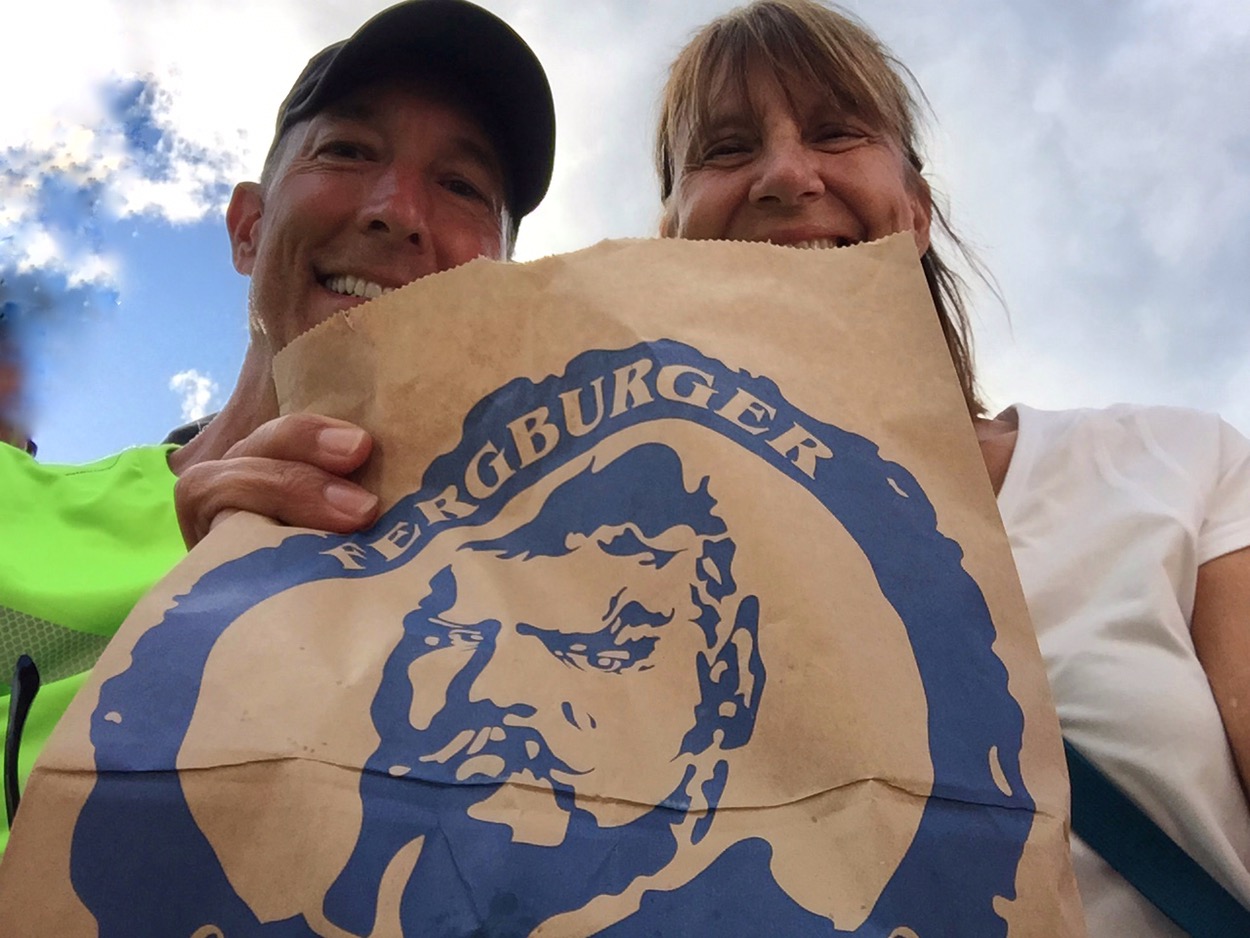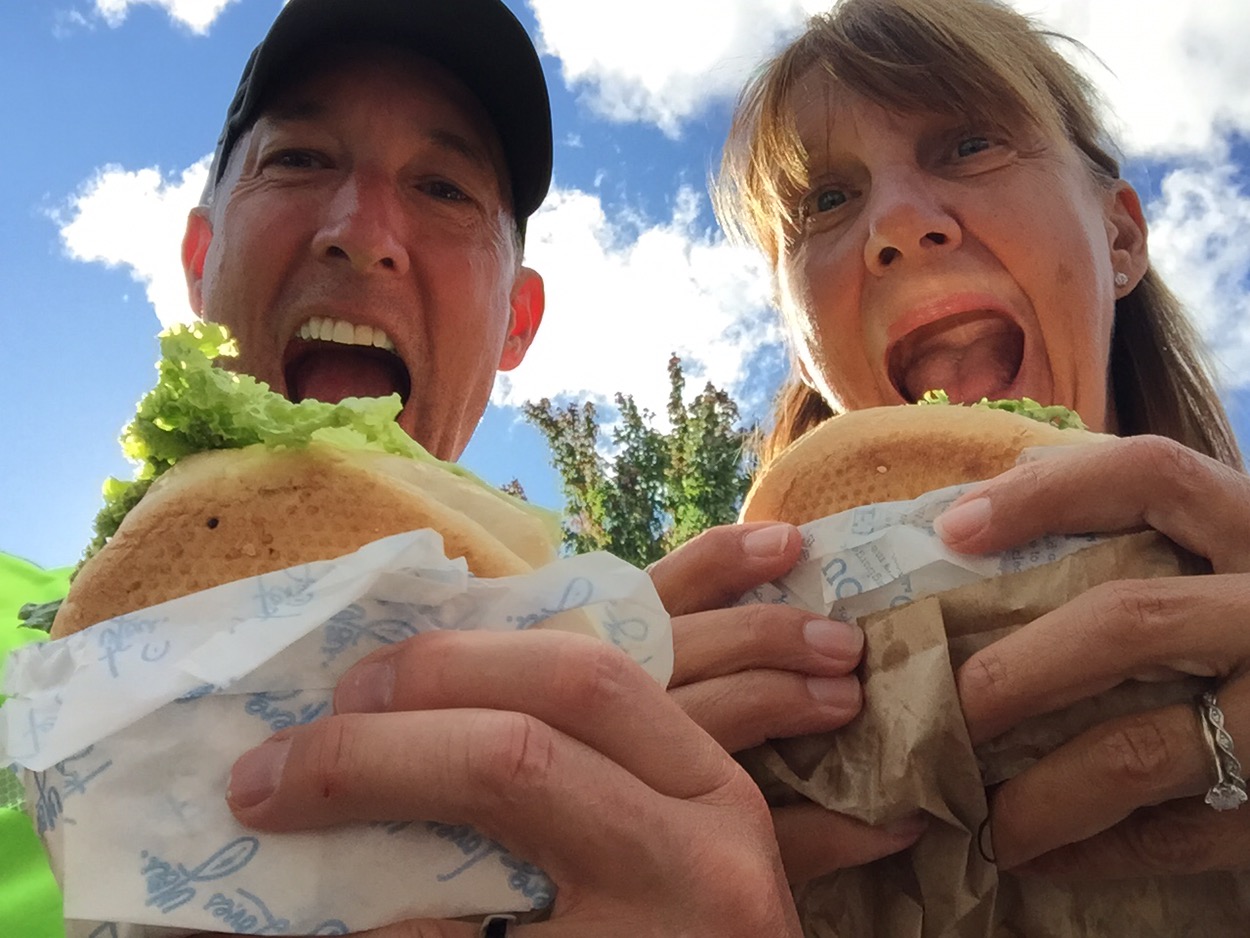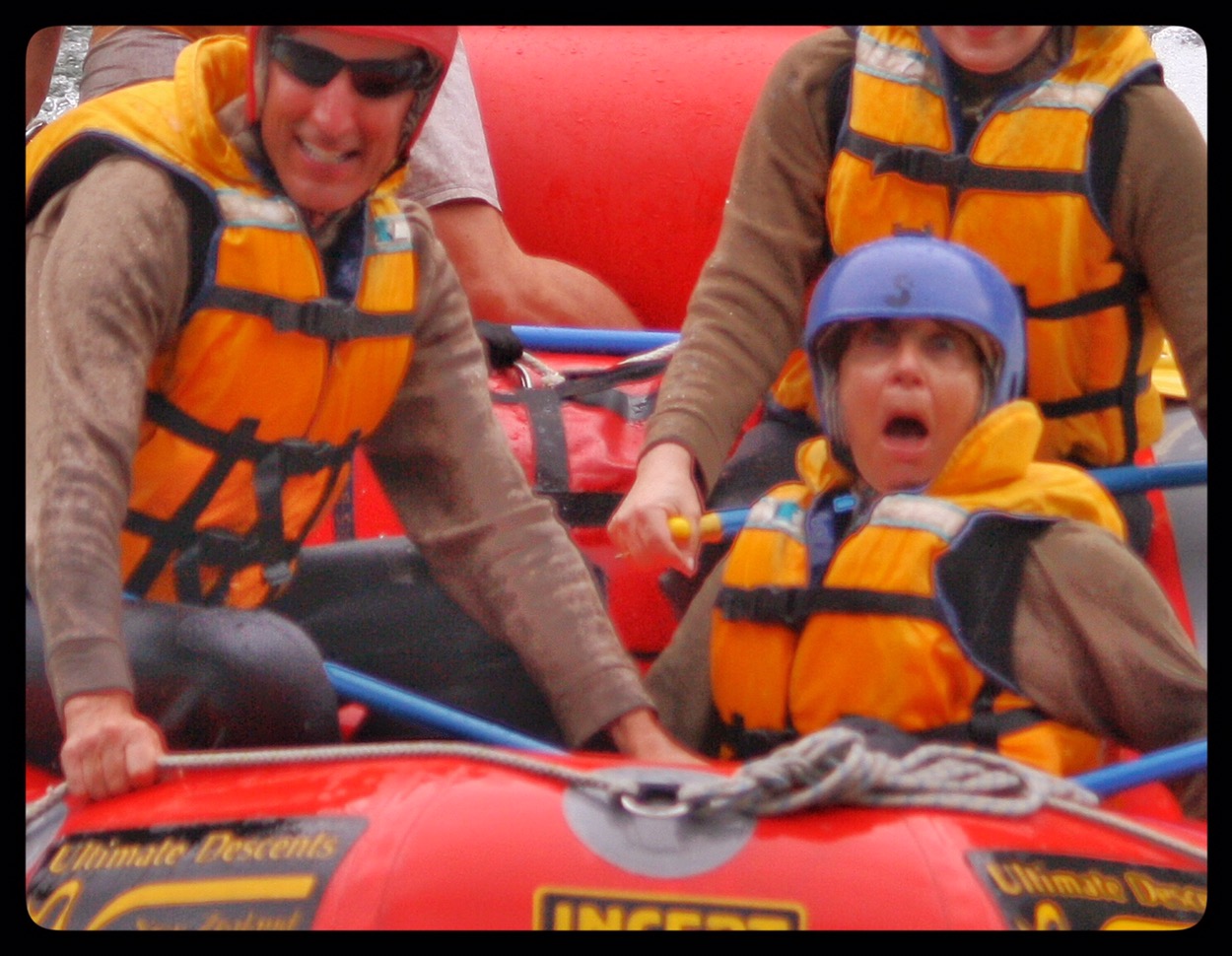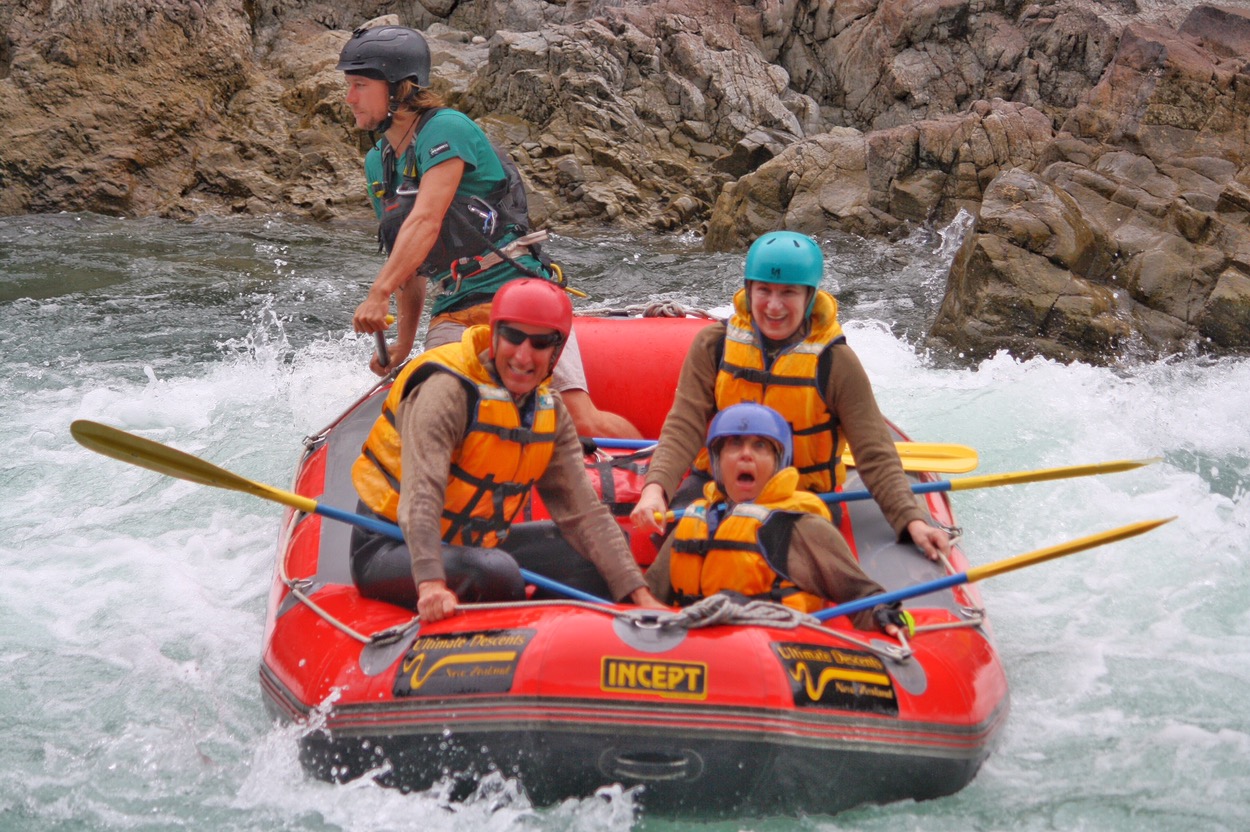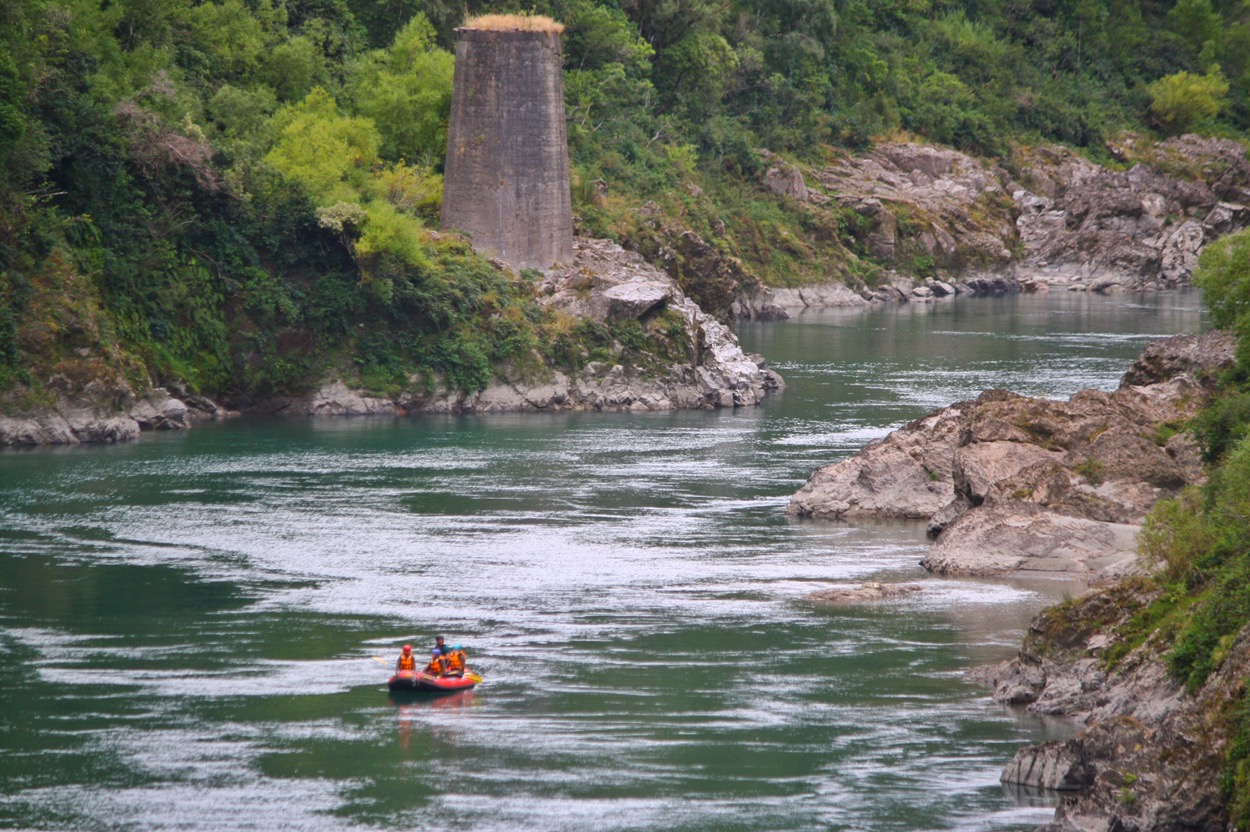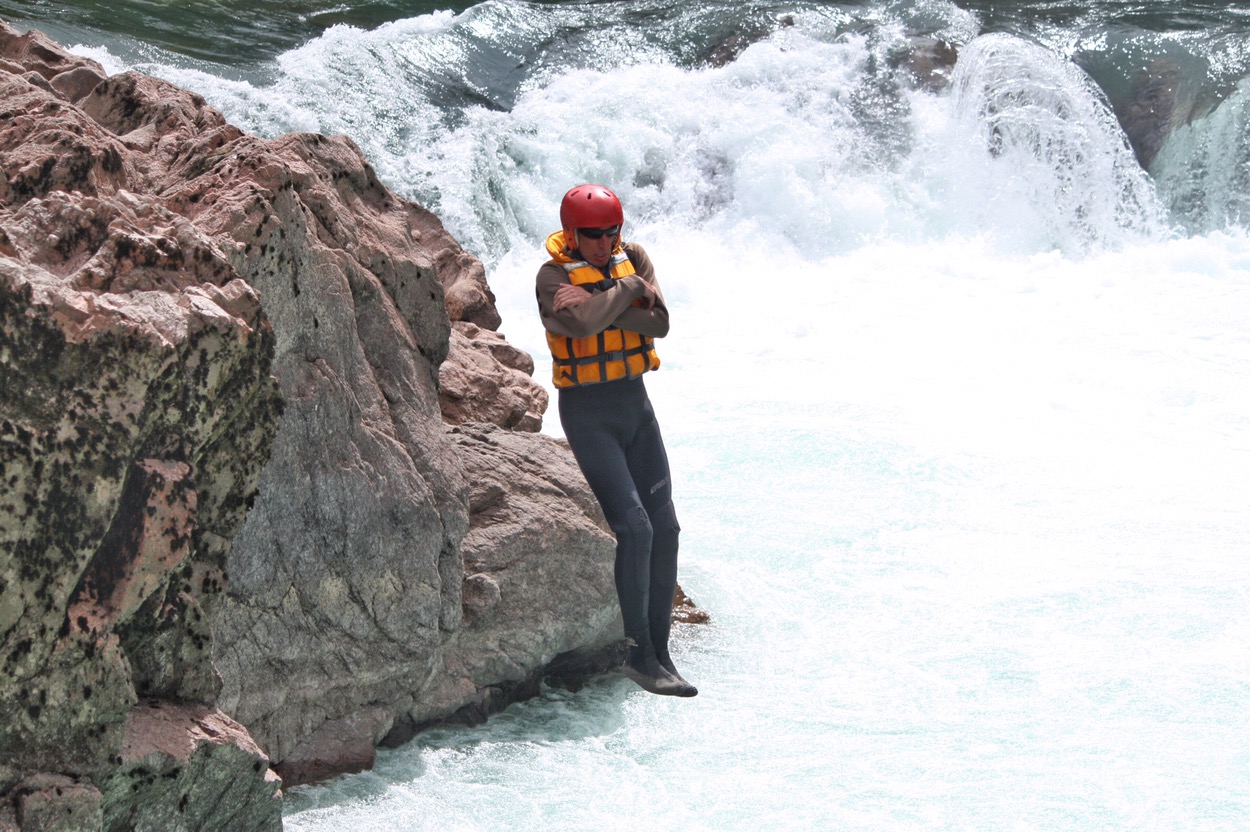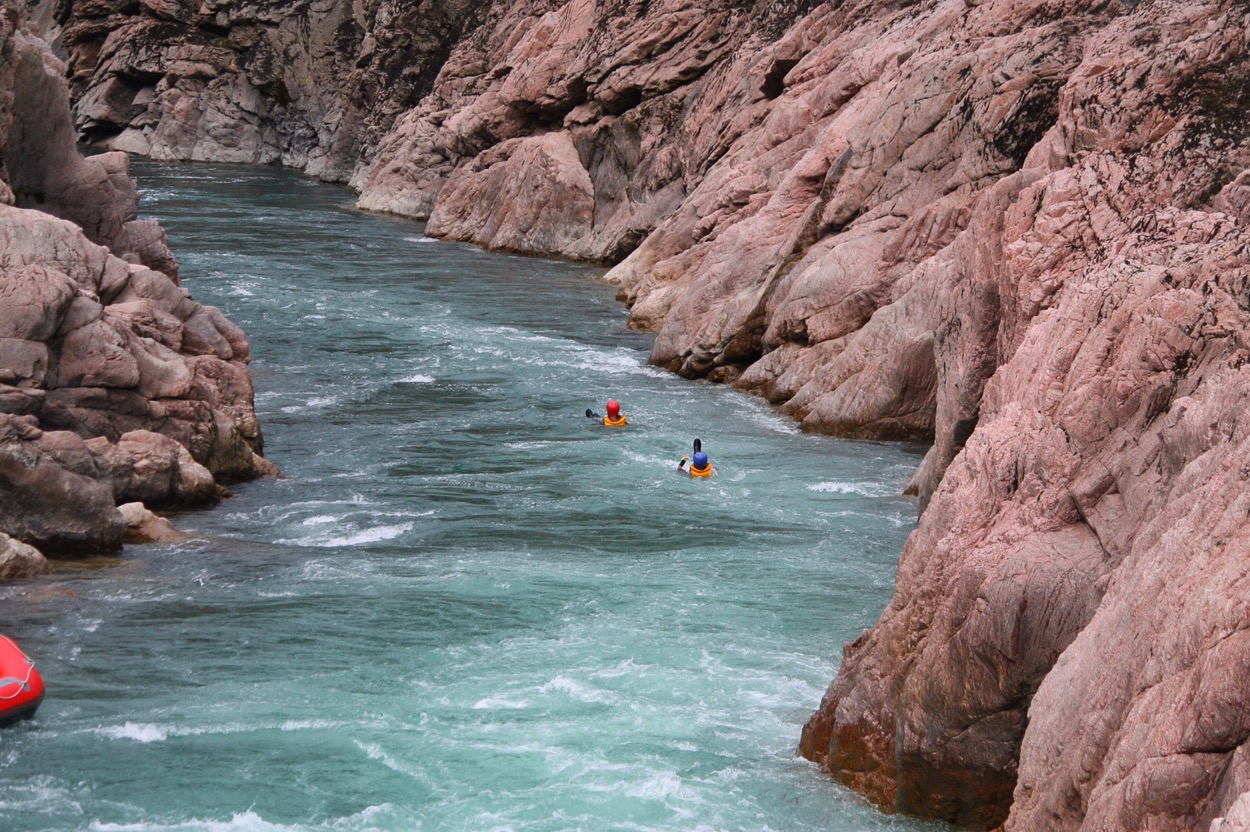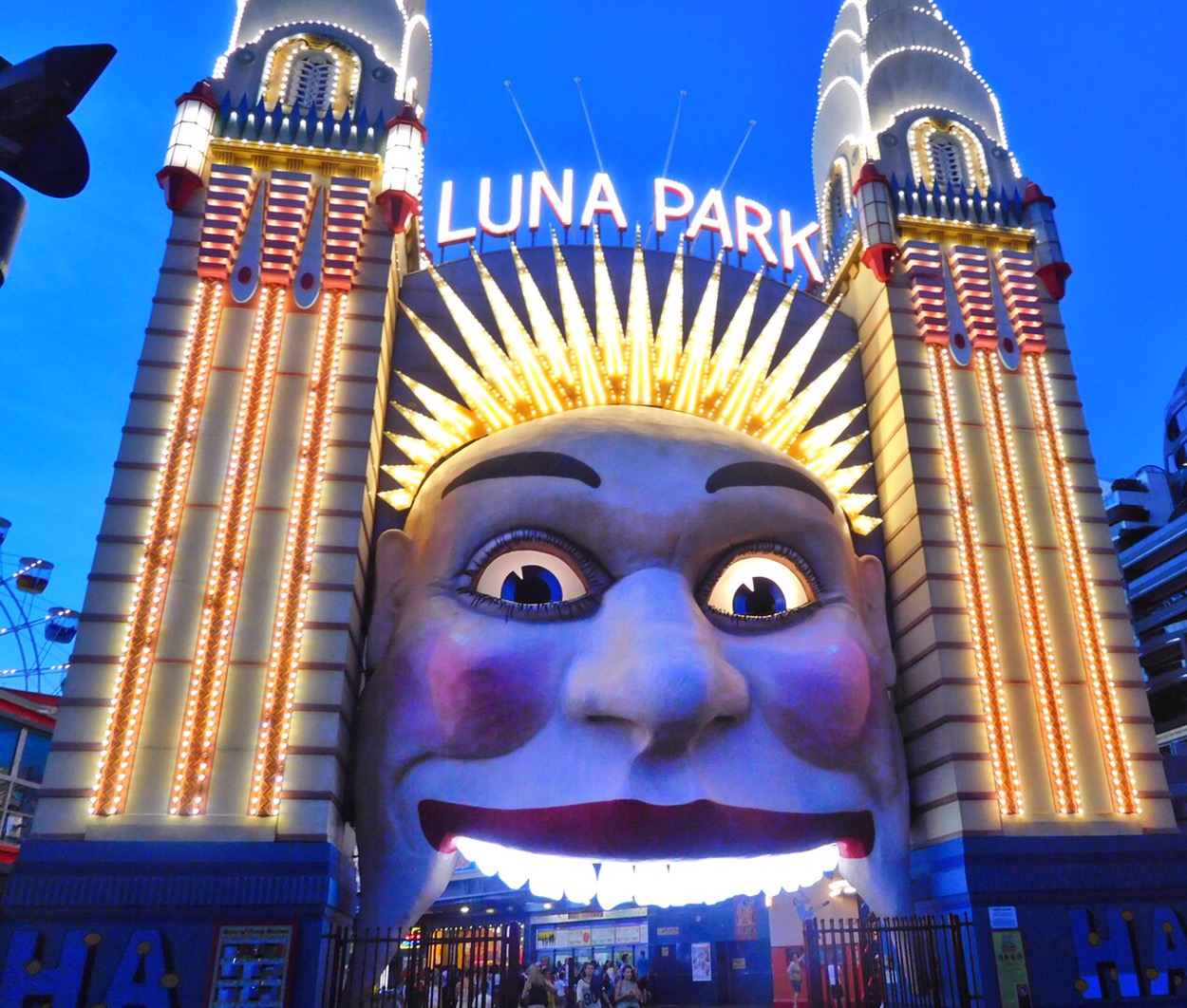
British prisons had a problem in the 17th century…too many prisoners! Their solution? Ship ’em to Australia!
In 1787 a fleet of eleven convict ships set sail for Botany Bay, Australia arriving on January 20, 1788, there they founded Sydney, making it the first European settlement in Australia.
Sydney has become an impressive city from that heritage, surprisingly by happenstance rather than by a grand plan.
The convicts were sent to Australia for mostly petty property crimes, with a minority of political prisoners. Included in the mix, an estimated twenty percent were women.
After their prison terms, most stayed in Australia, after all it was a long sea journey back to a Britian that hardly wanted them anyway.
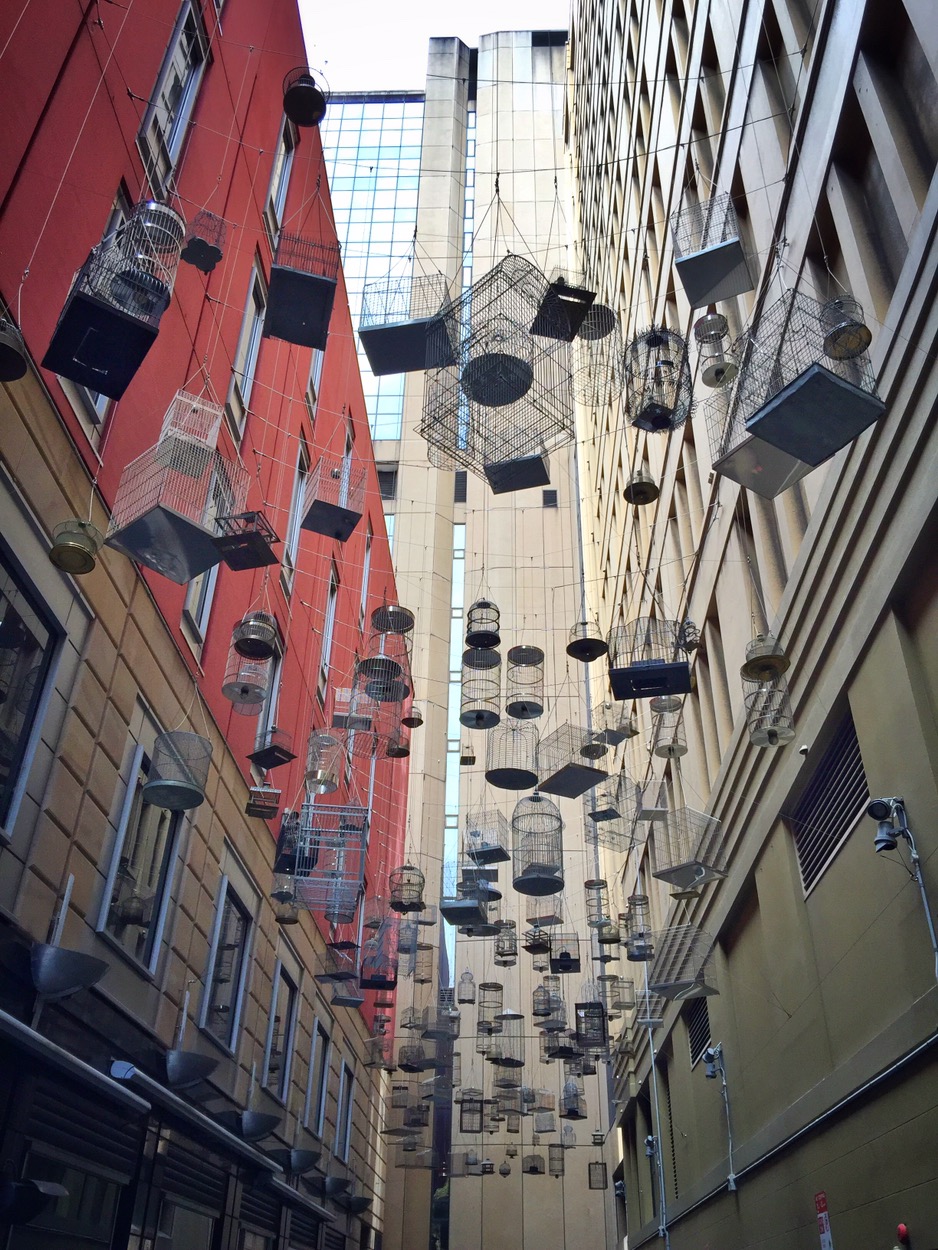
We arrived in the city after dark, for a five night stay at an Airbnb right in the central business district (CBD) near Hyde Park. This being the first of many places with a named nostalgic nod to Old England, they may have been ne’er-do-wells but they were homesick too.
Of course, right quick the next morning we set off to visit the famous Sydney harbor.
The harbor’s heart is Circular Quay a confluence of people, buses, trains and ferries, all pumping to the city neighborhoods and bays.
A bit of a walk toward water and we spied the Sydney Opera House, the Sydney Harbor Bridge and, of all things the Queen Mary cruise ship docked at the Passenger Terminal, quite a sight! 
We got a drink at the Opera House Terrace Bar and watched ferries stream past. The scale of it is impressive – a vast bay, a huge bridge, a large plaza, but it’s not overwhelming, people still fit here.
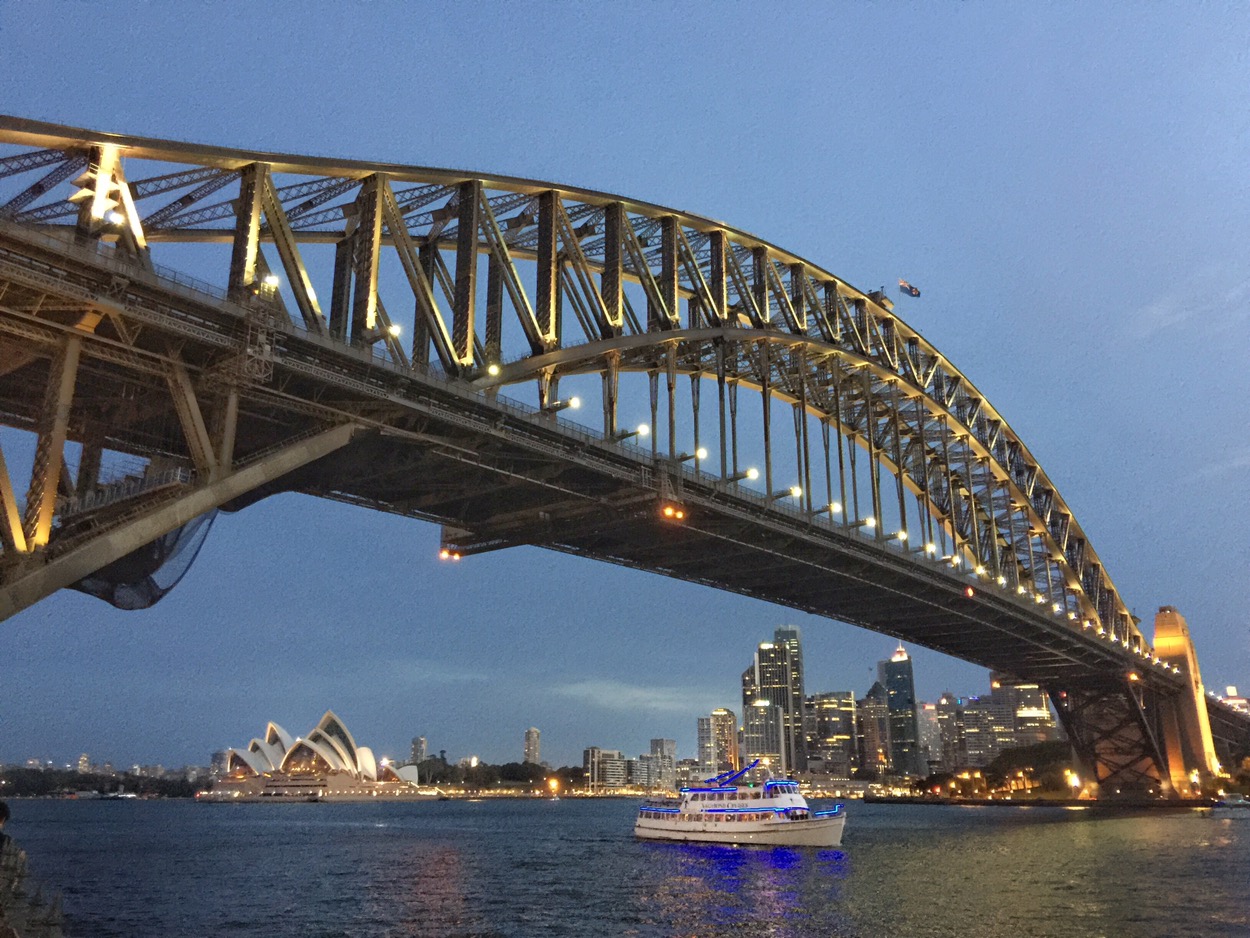
One of the best things to do here is the “I’m Free Walking Tour”. We chose the Sydney Business District one rather than the historic Rocks District. Starting at Town Hall, our guide Joshua (a history student and lifelong Sydney resident) walked us through the CBD giving us the history and back story on Sydney. We really enjoyed his humor, enthusiasm and passion for his city.
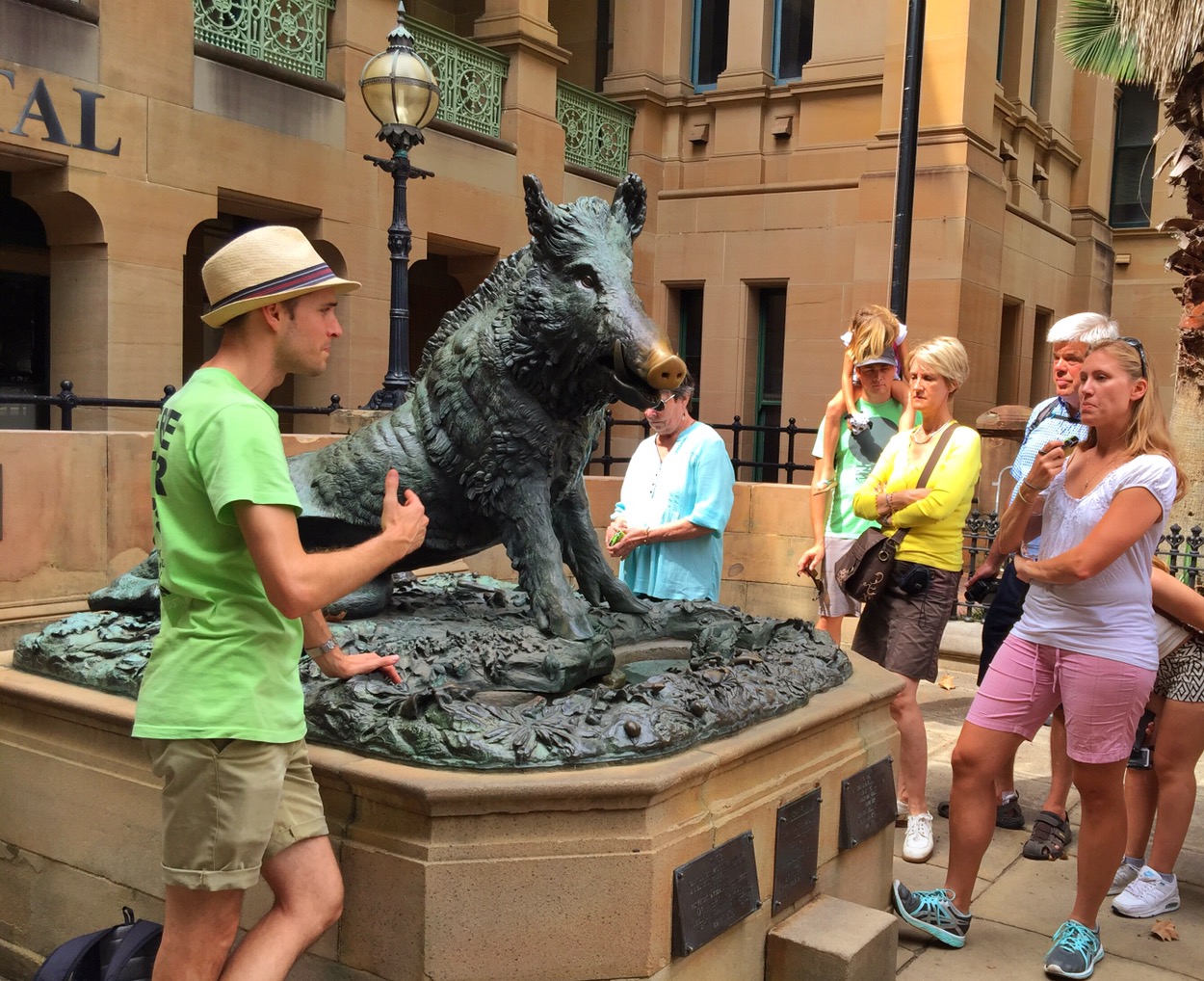
The Sydney CBD is busy 24/7 with people, construction, emergency sirens and of all things, motorcycles. Apparently it’s pretty cool to take your straight-pipe exhaust Harley full throttle through the concrete canyons. That being said, a walk through the nearby Royal Botanic Garden is an oasis of quiet calm right next to the CBD. The loudest thing we heard there was the squawk of the Lorikeets and Cockatoos.
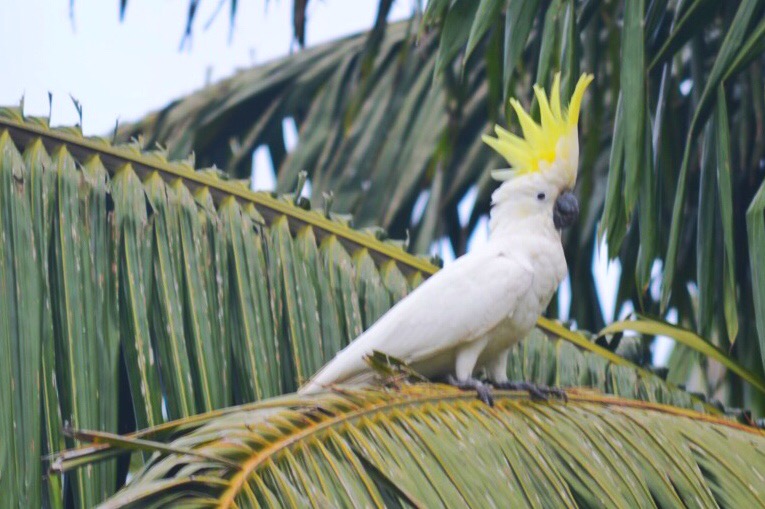
We took the bus to Bondi Beach (pronounced “Bone Die”, not like us flat twanged Midwesterners say “Bon Deeeee”), a gorgeous surf and sand crescent covered with mostly uncovered bodies.

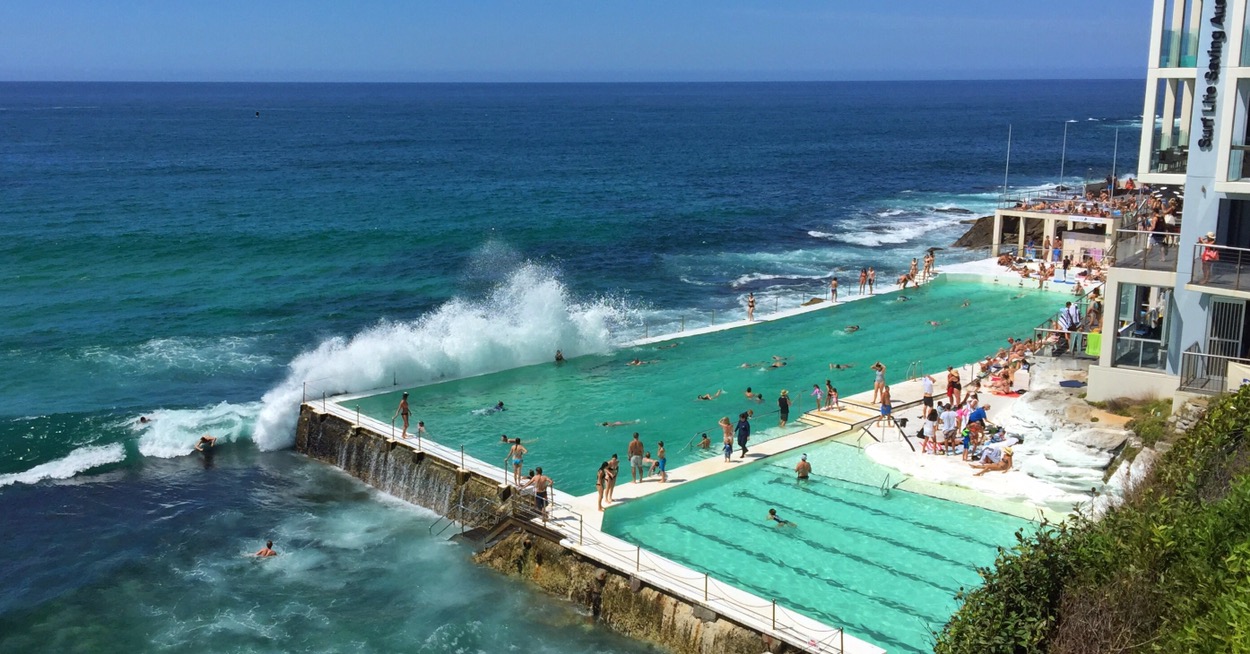
Public transportation includes bus, train and ferries, and is a breeze to maneuver. The Transport NSW website builds your route, tells you where to catch your transport and how many minutes till the next arrival. You pay using an “Opal” card, adding fare is called a “Top up” then you “Tap on” and “Tap off” the transport. Sundays are a great deal with the entire day capped at $2.50, weekday cap is $7.50 and that includes water ferries!
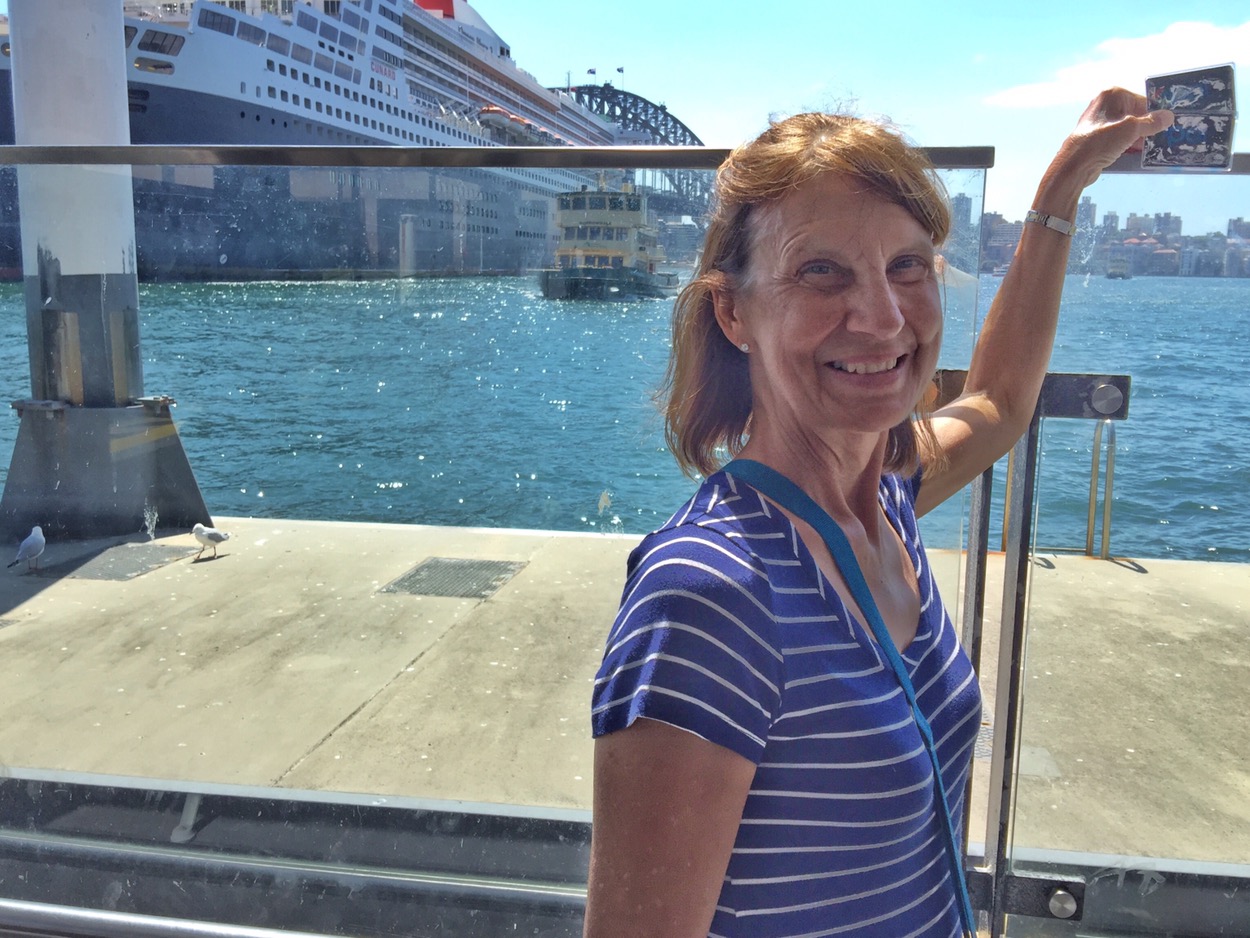
We took a ferry to Watson’s Bay for a fresh seafood lunch at Doyle’s. Another day we took one to Manley to check out their beaches and costal walk.
